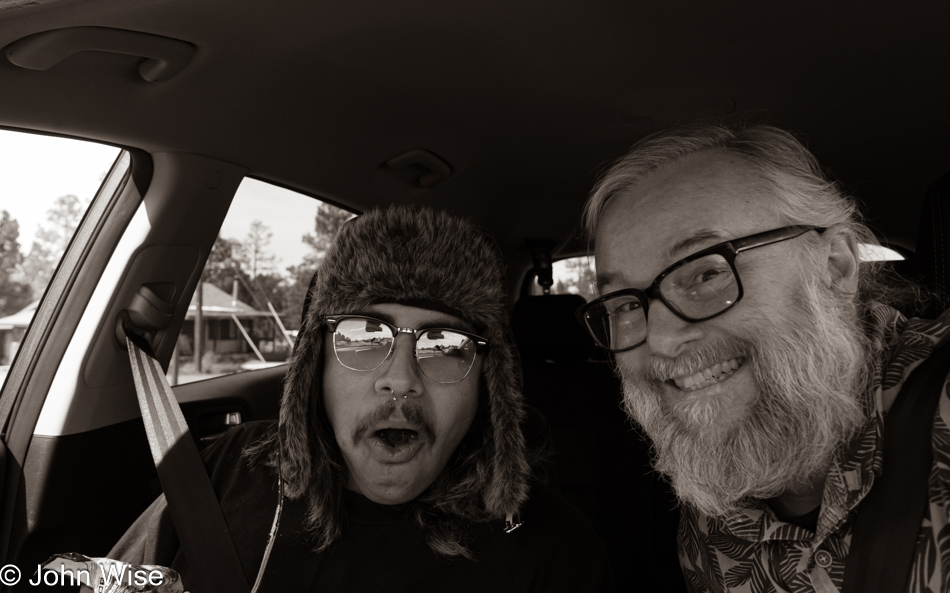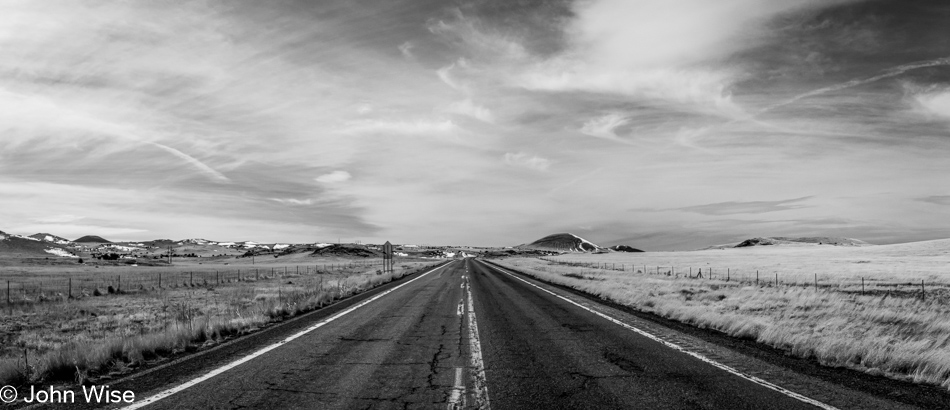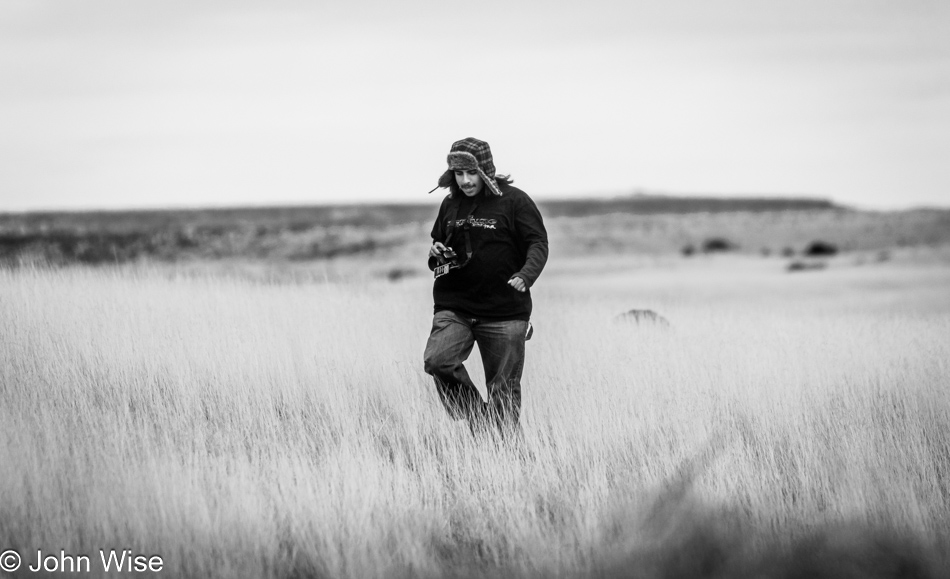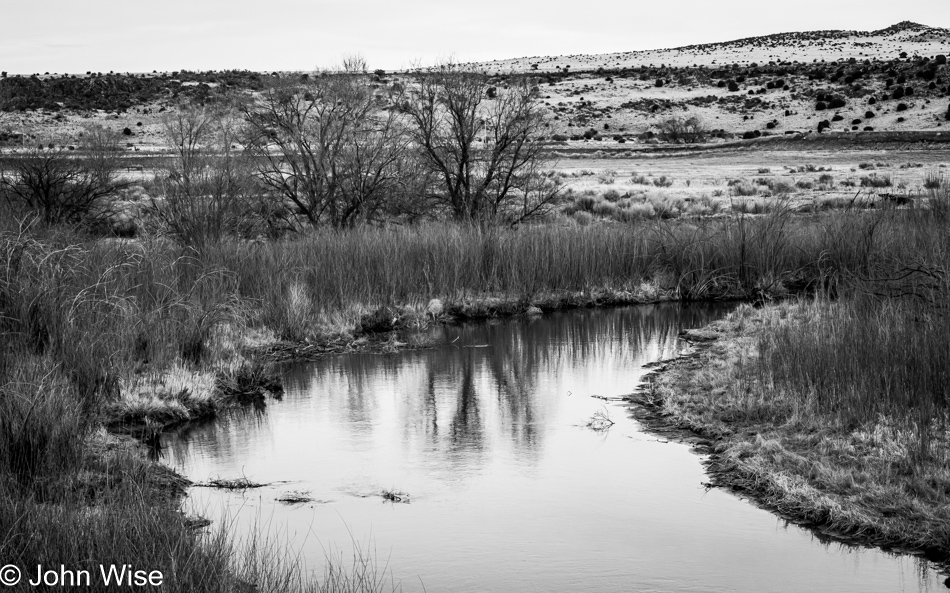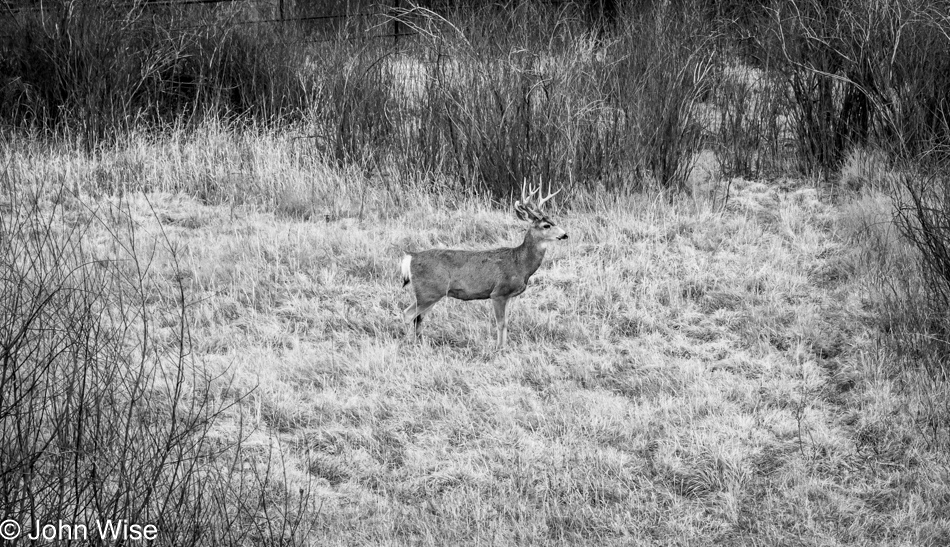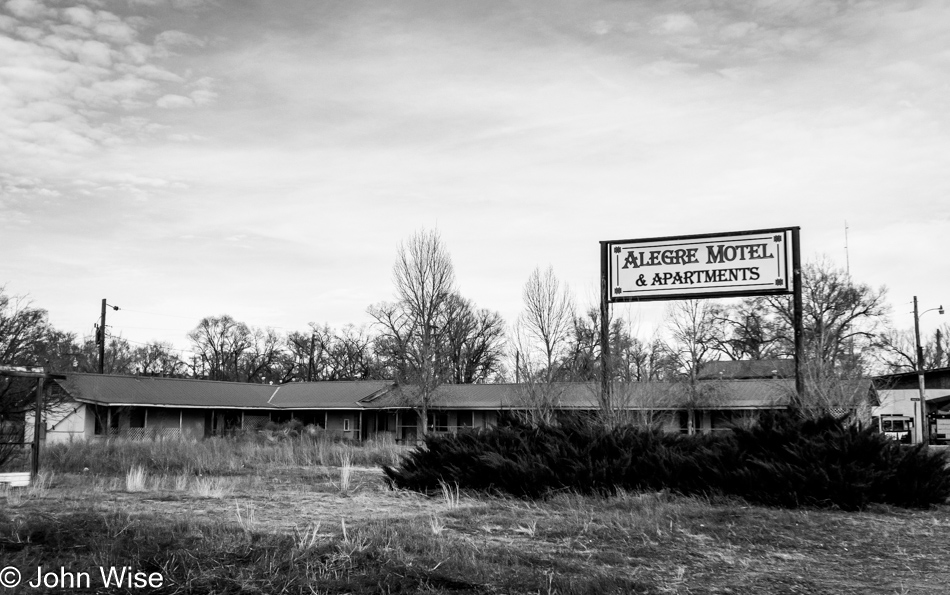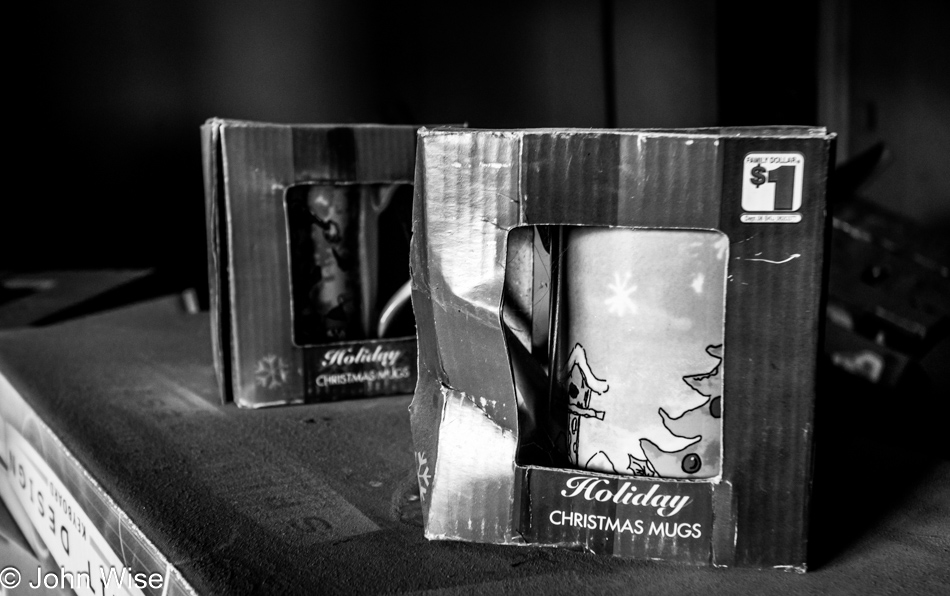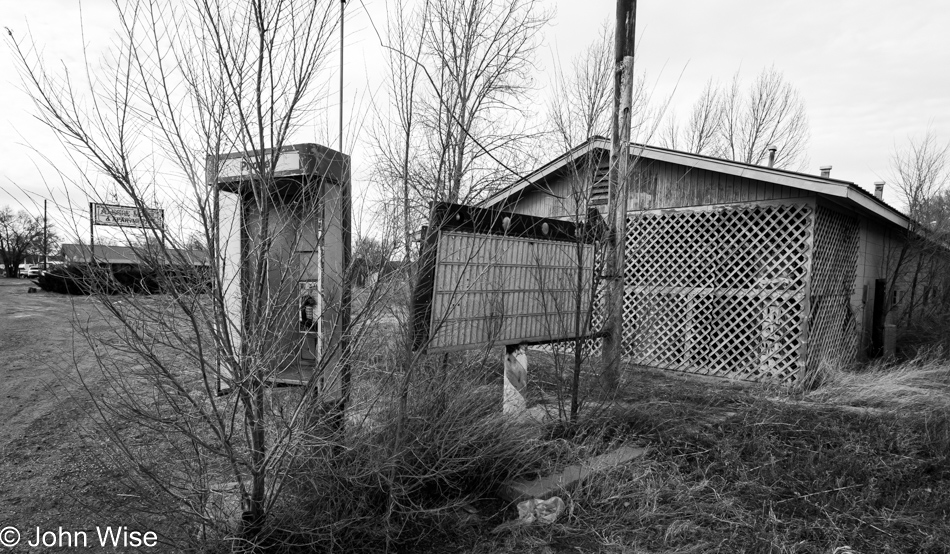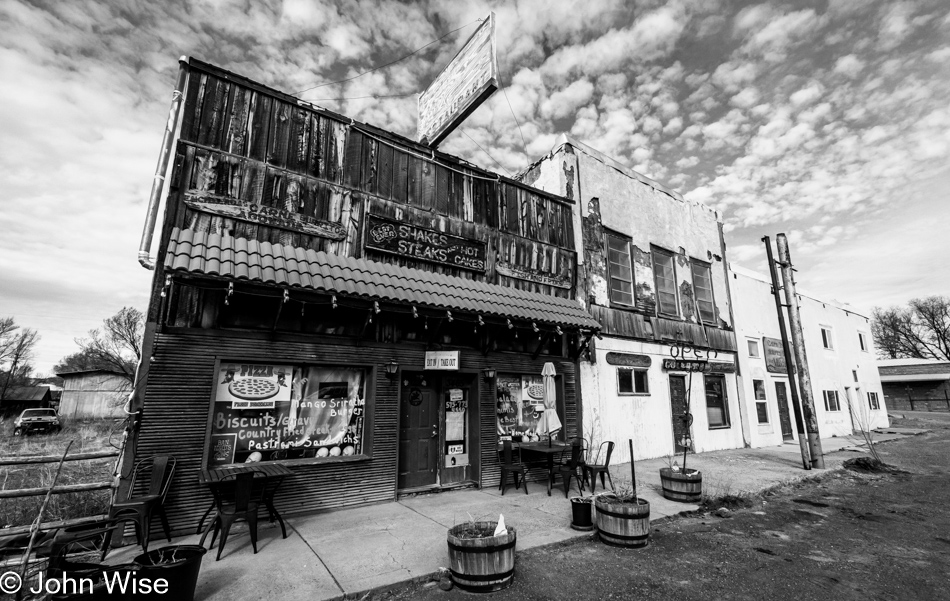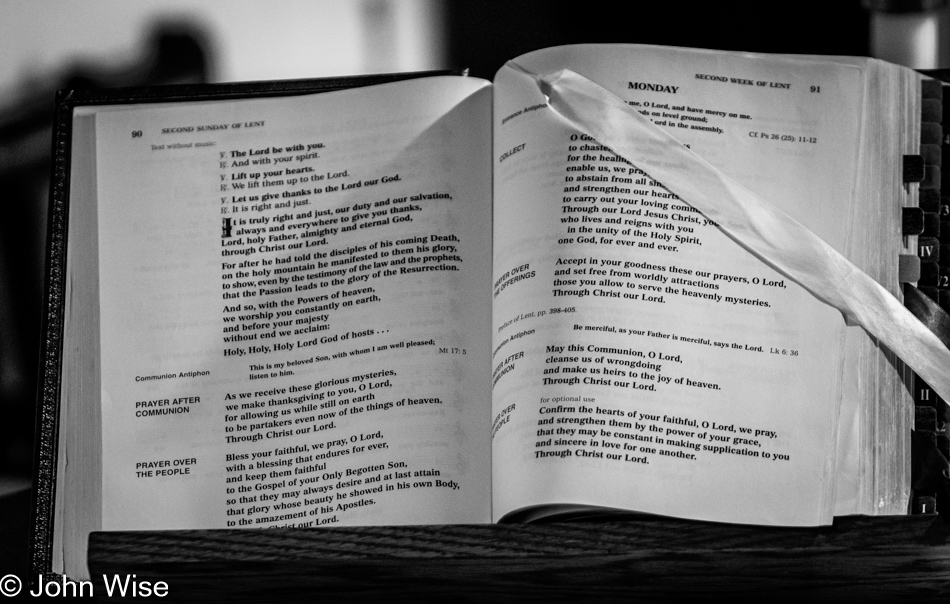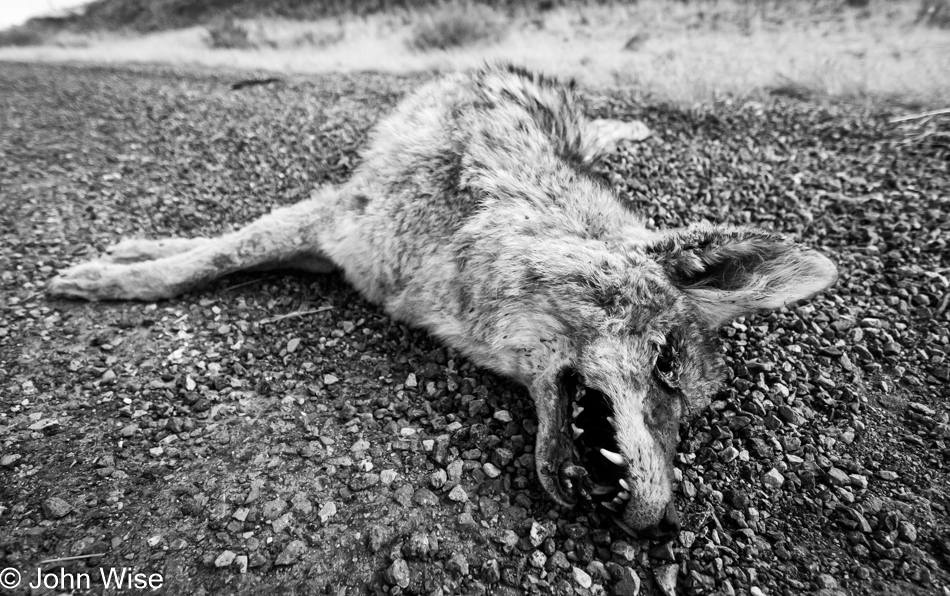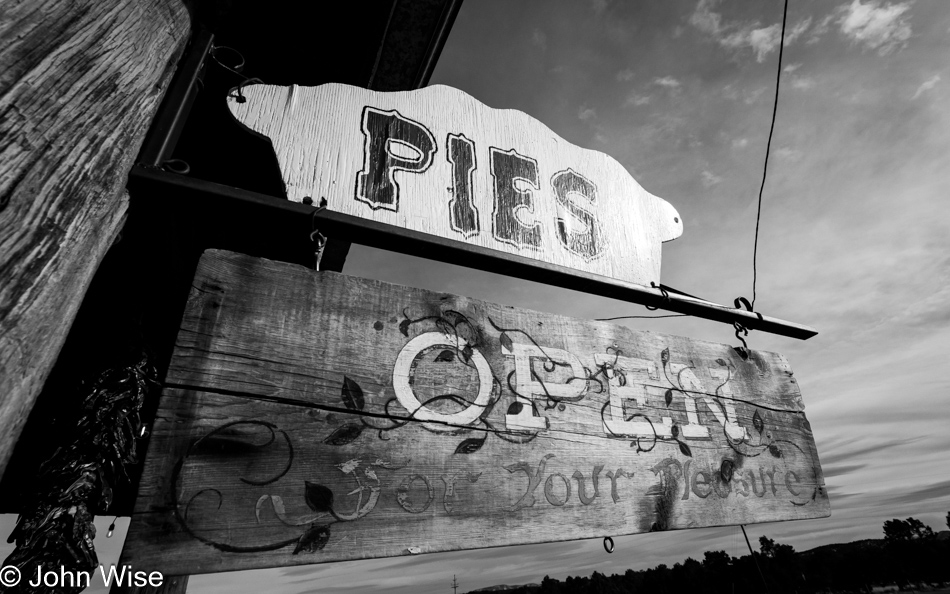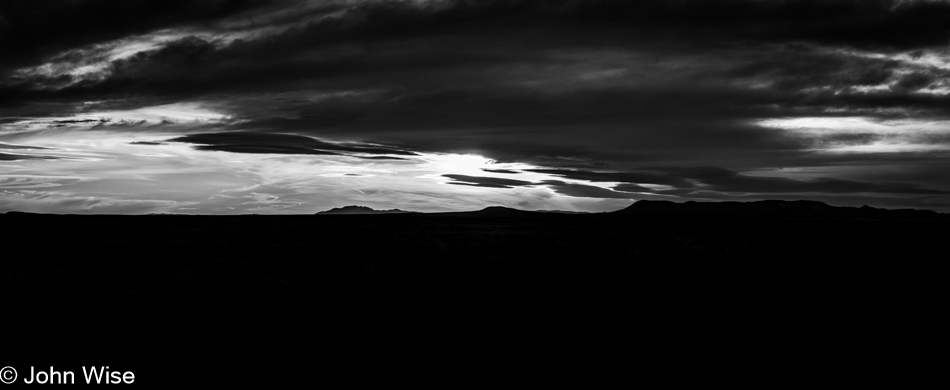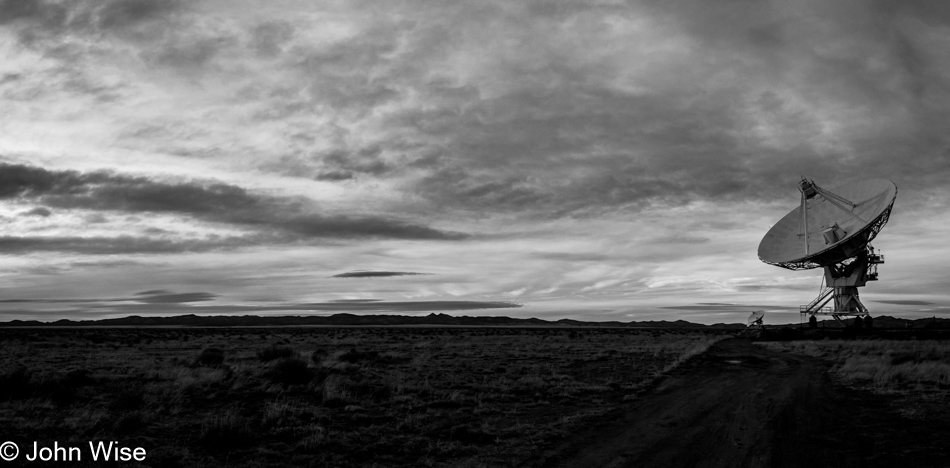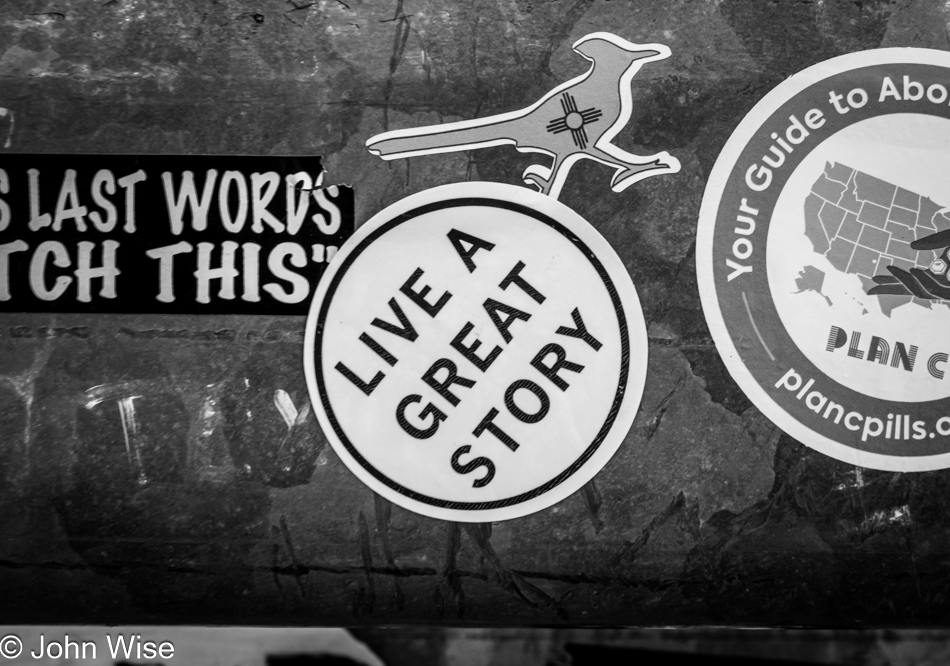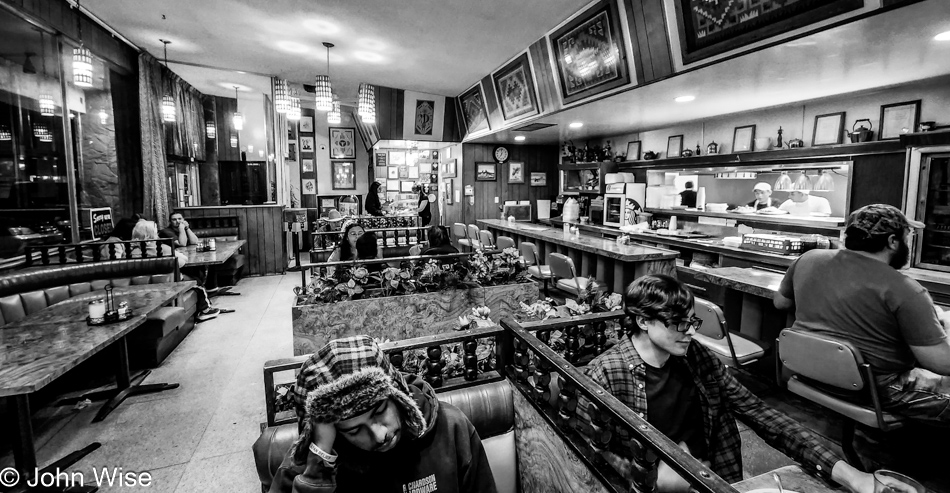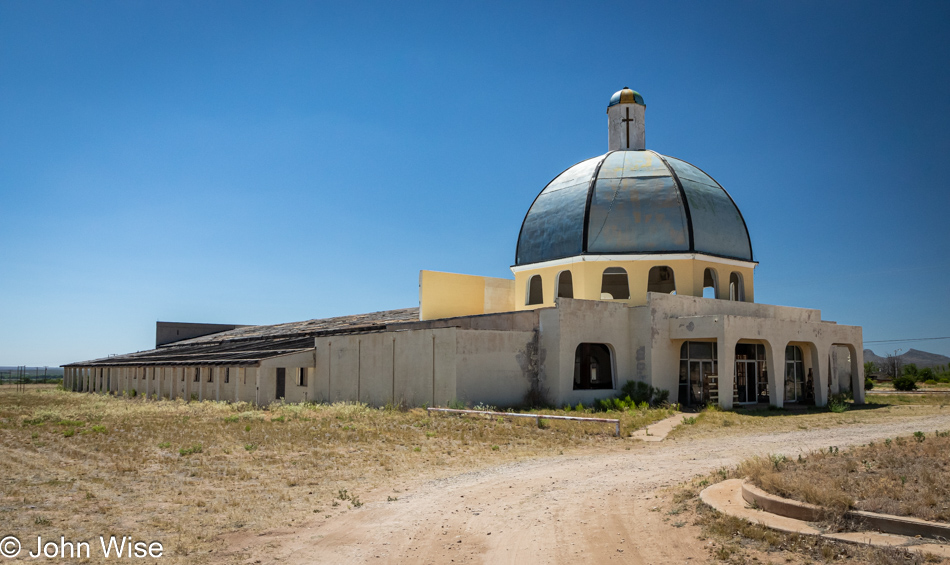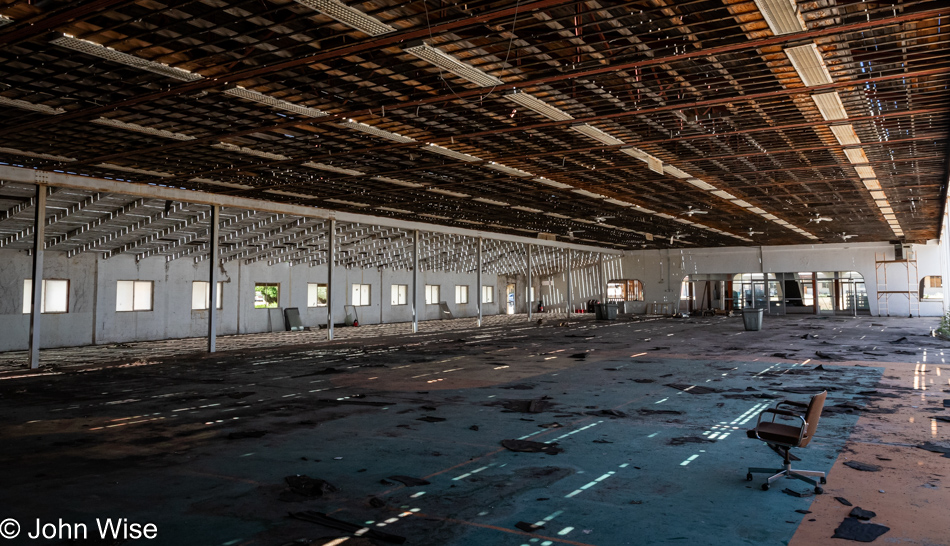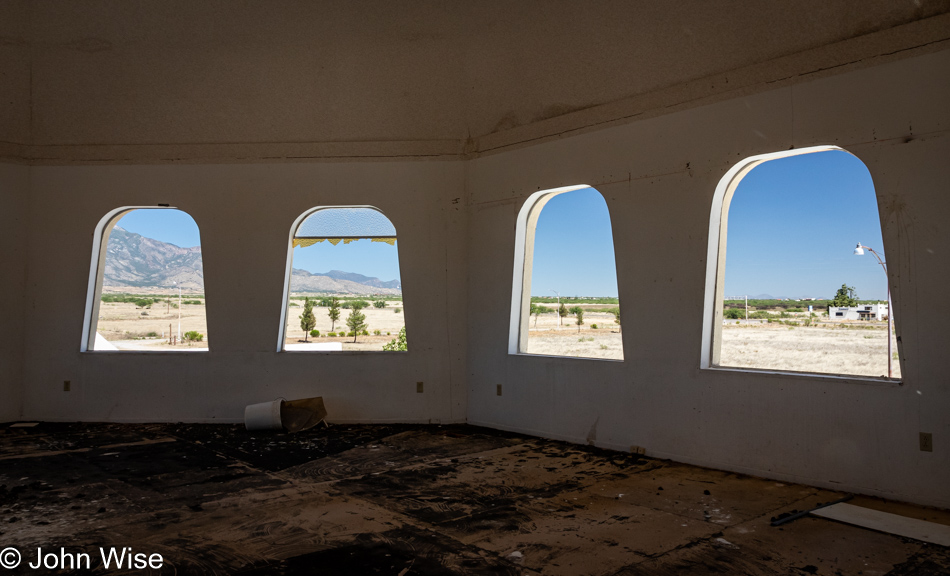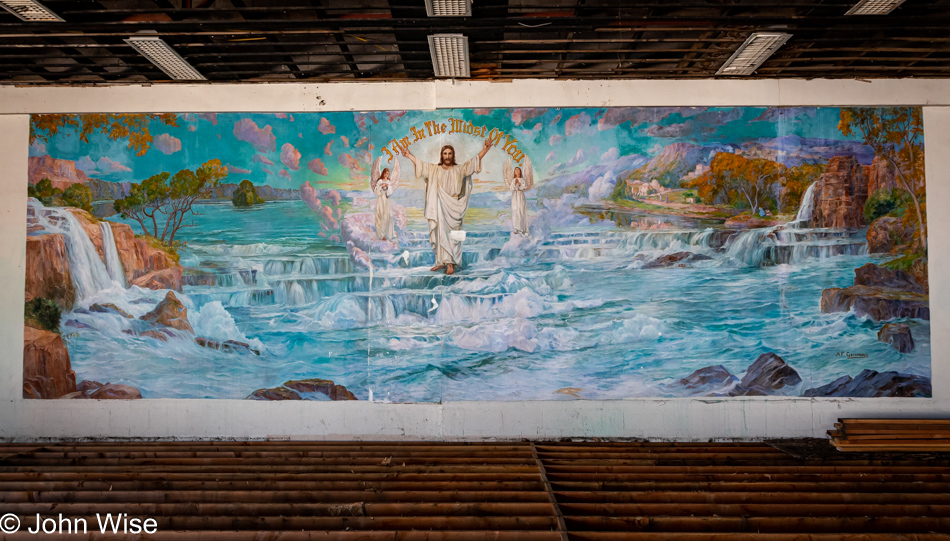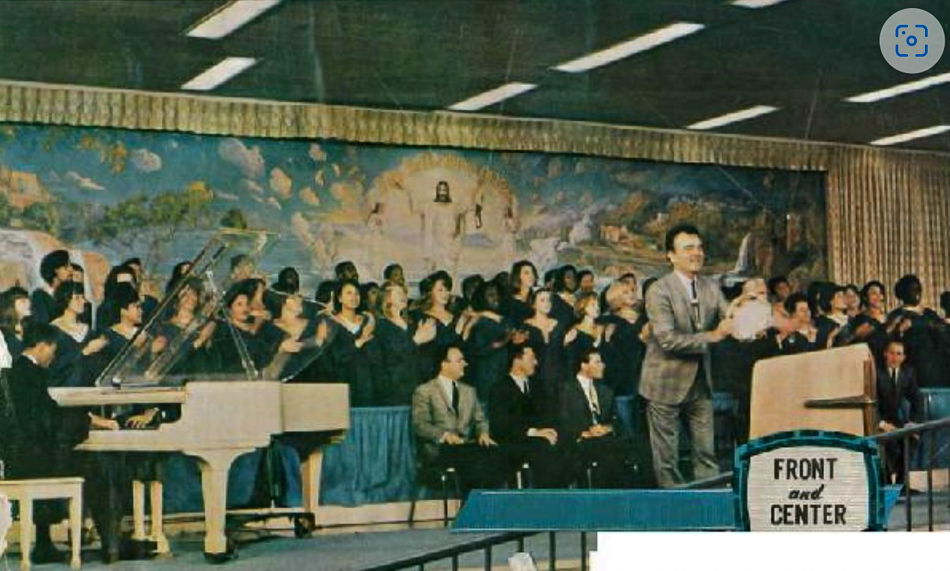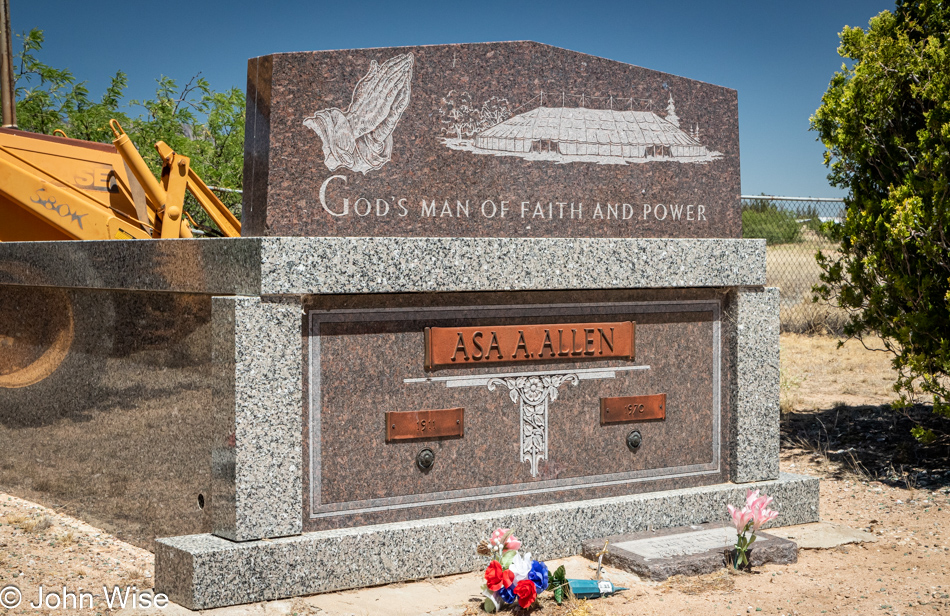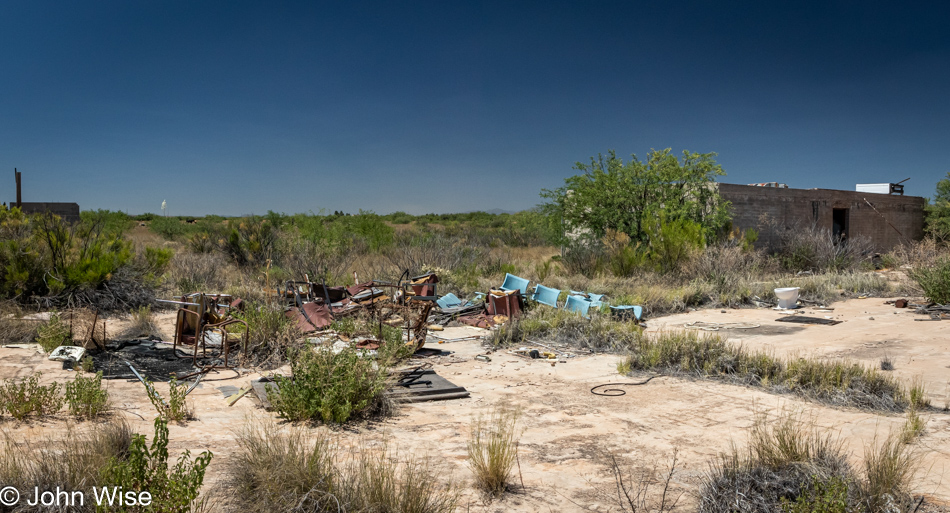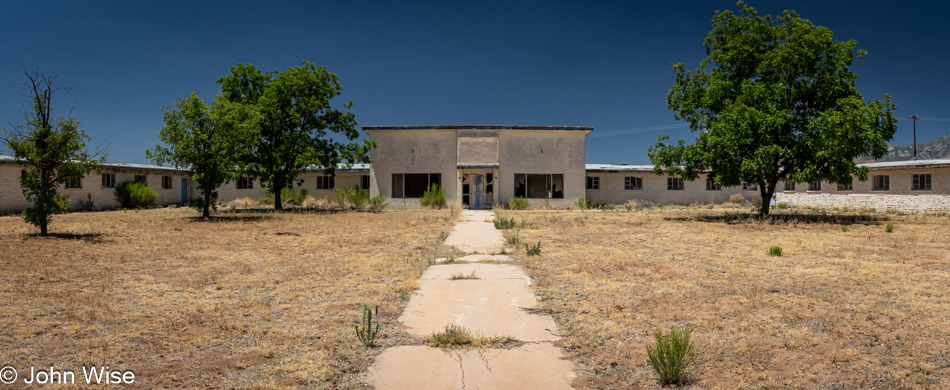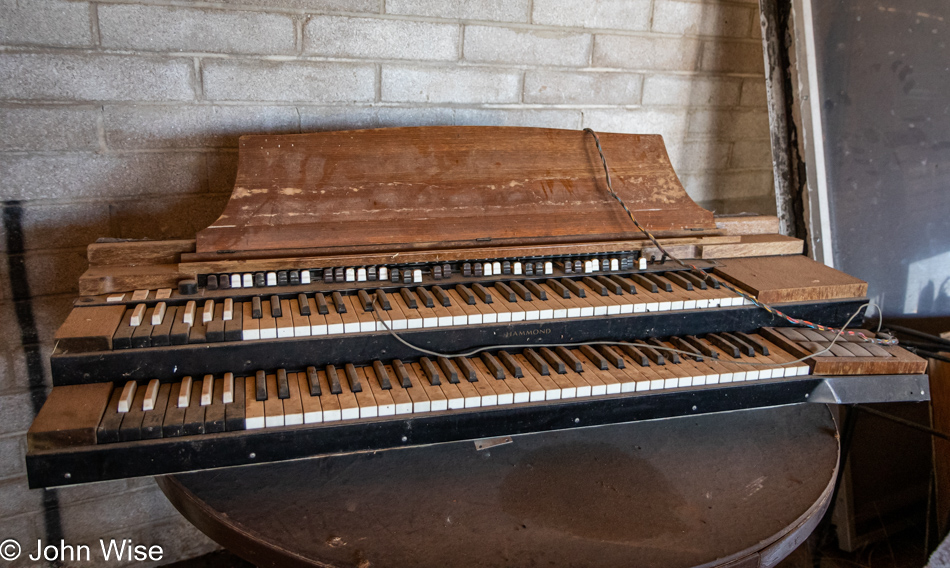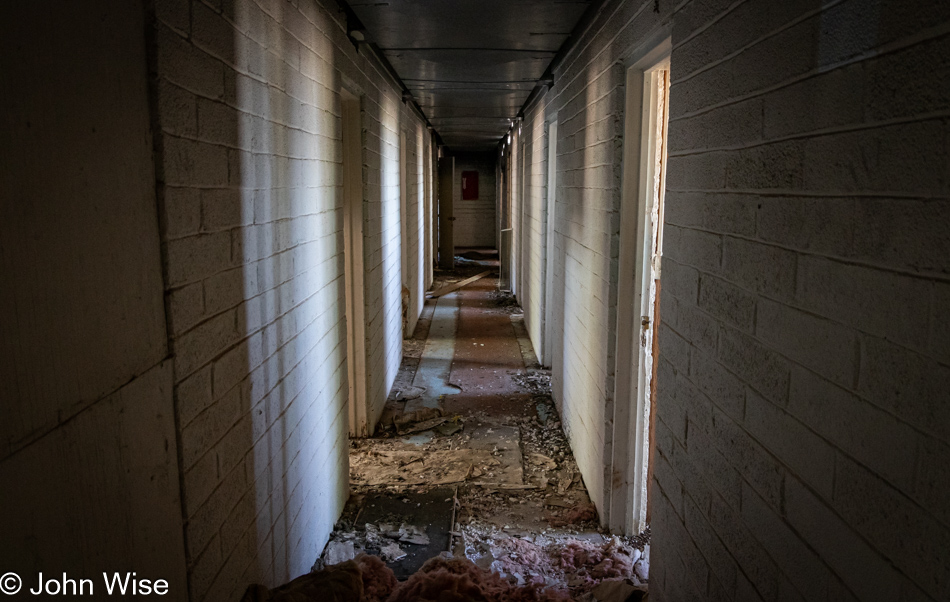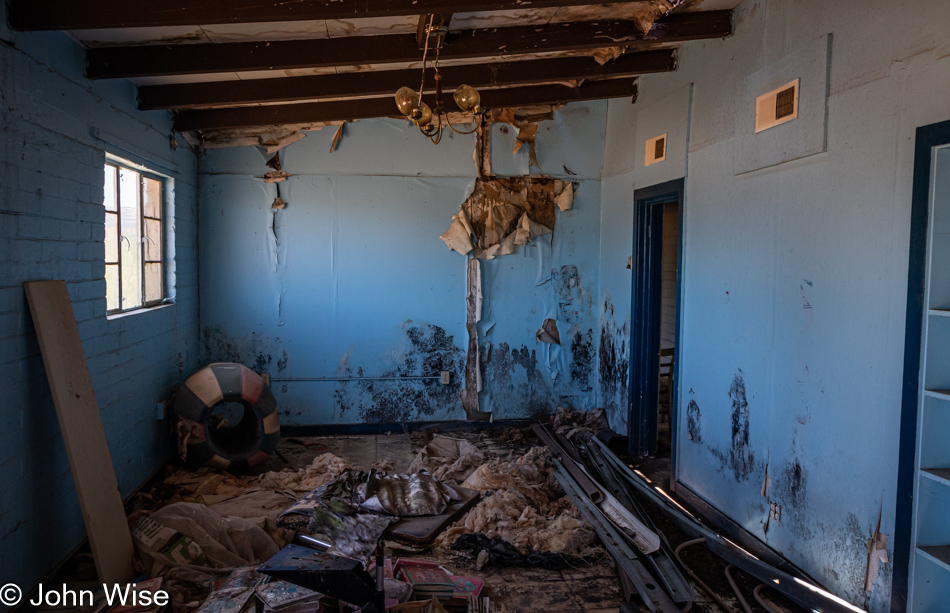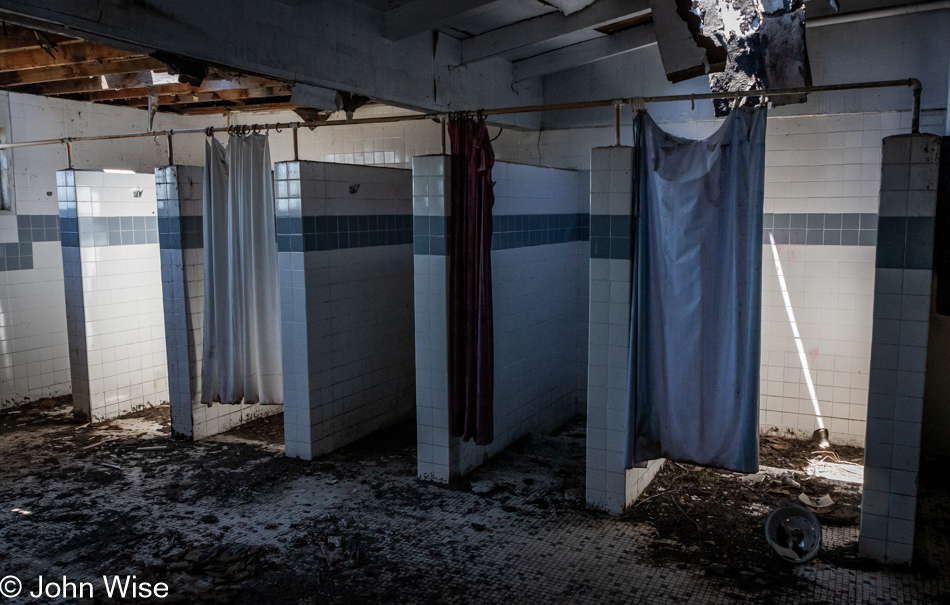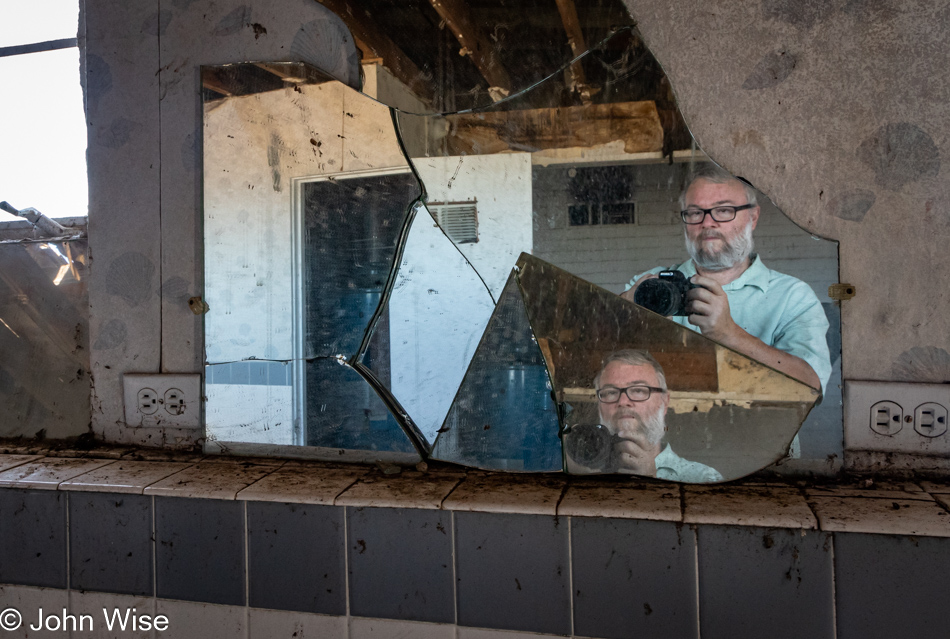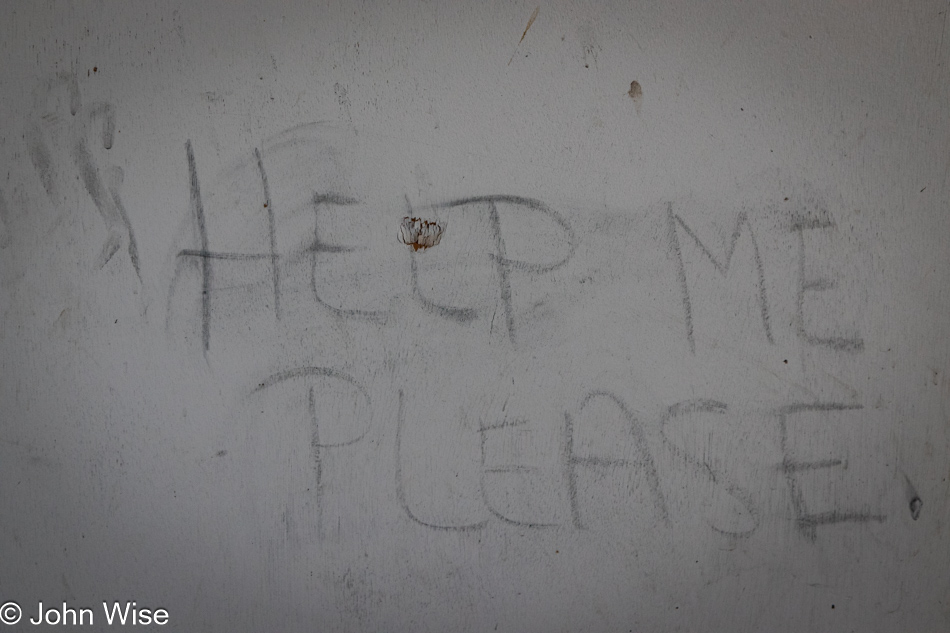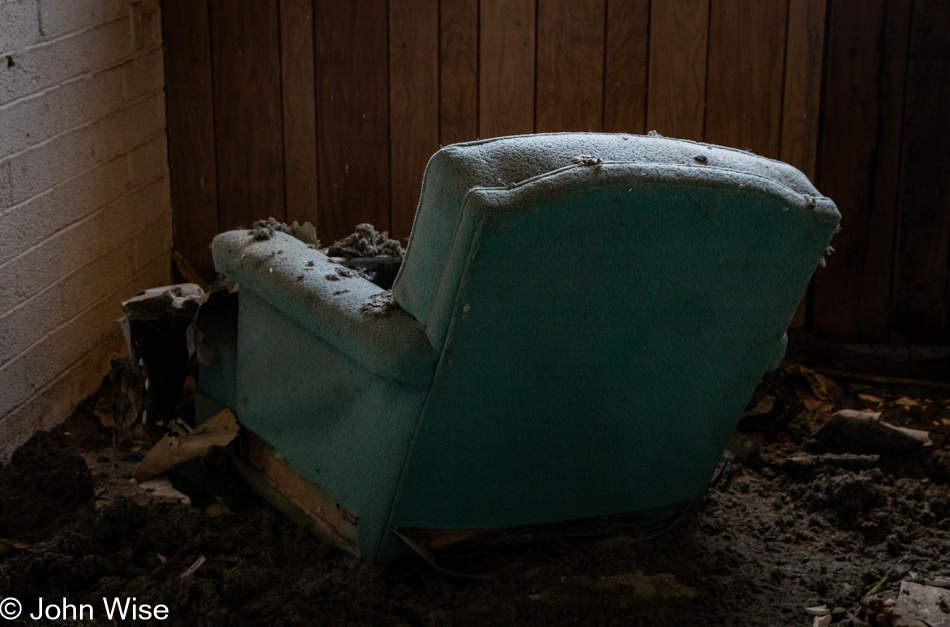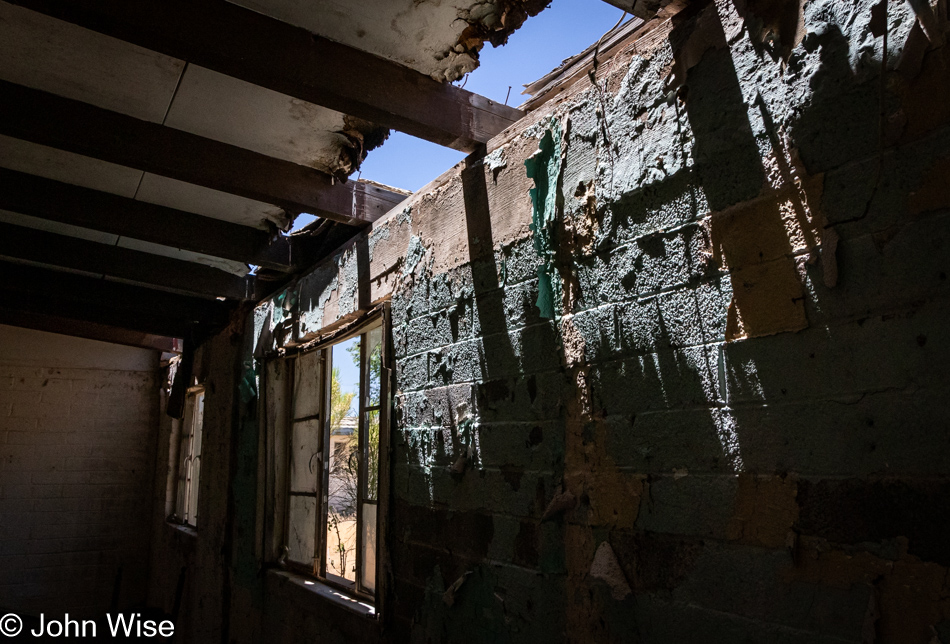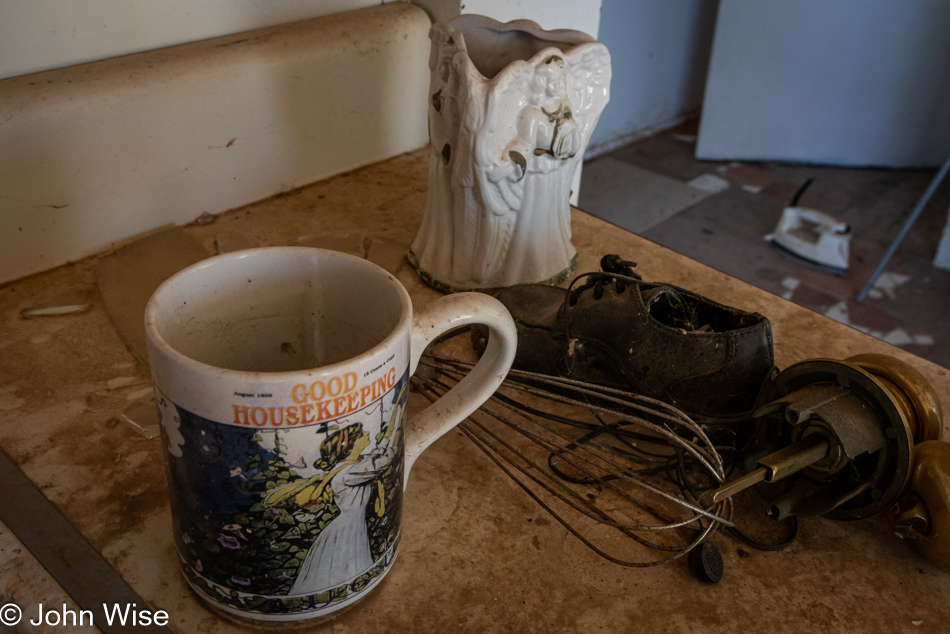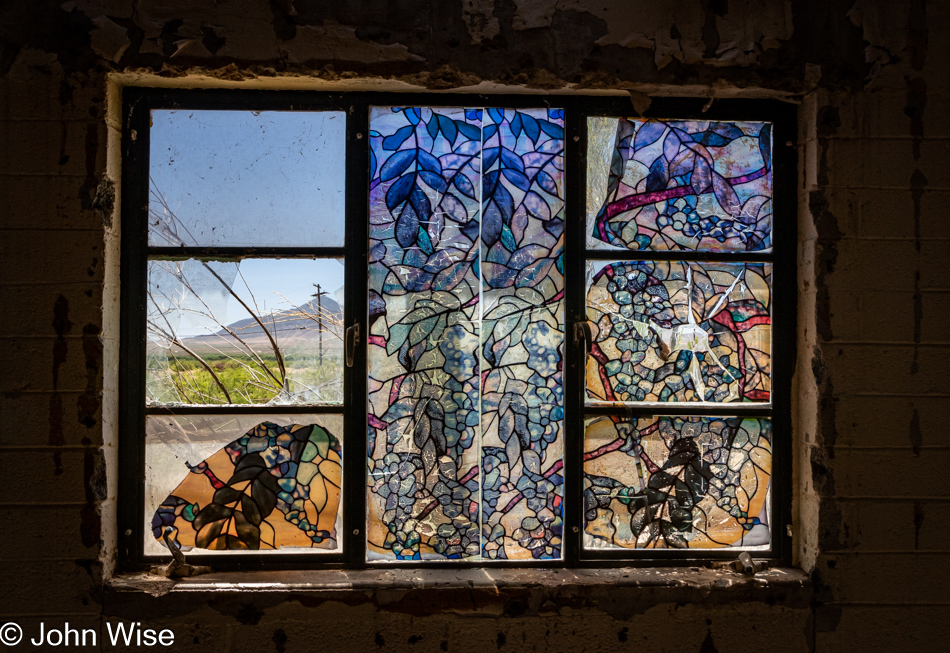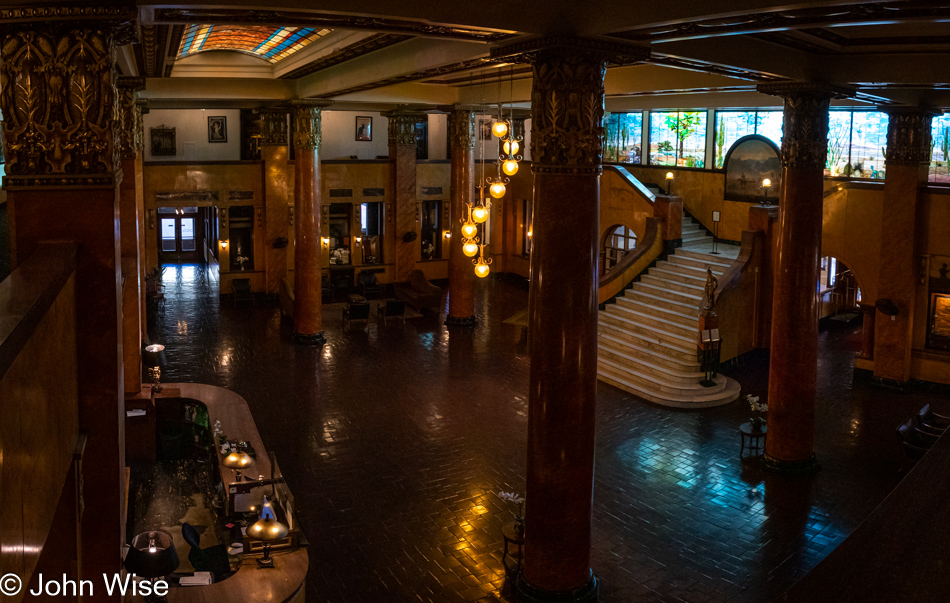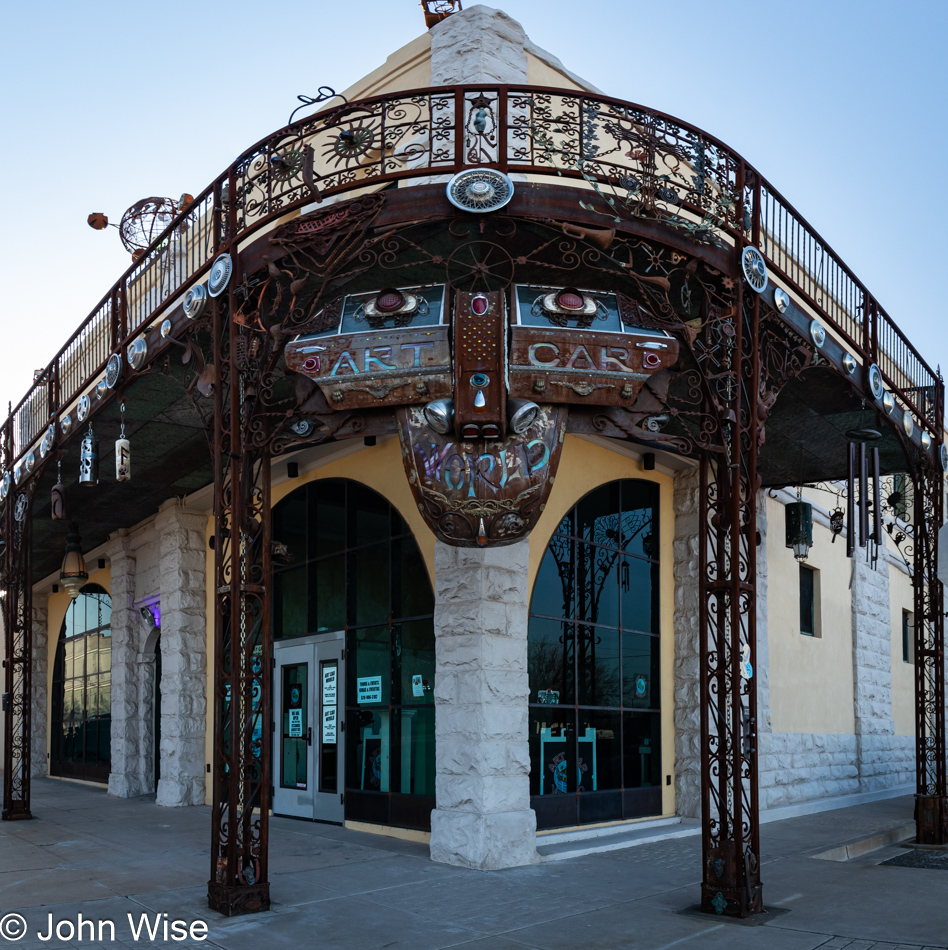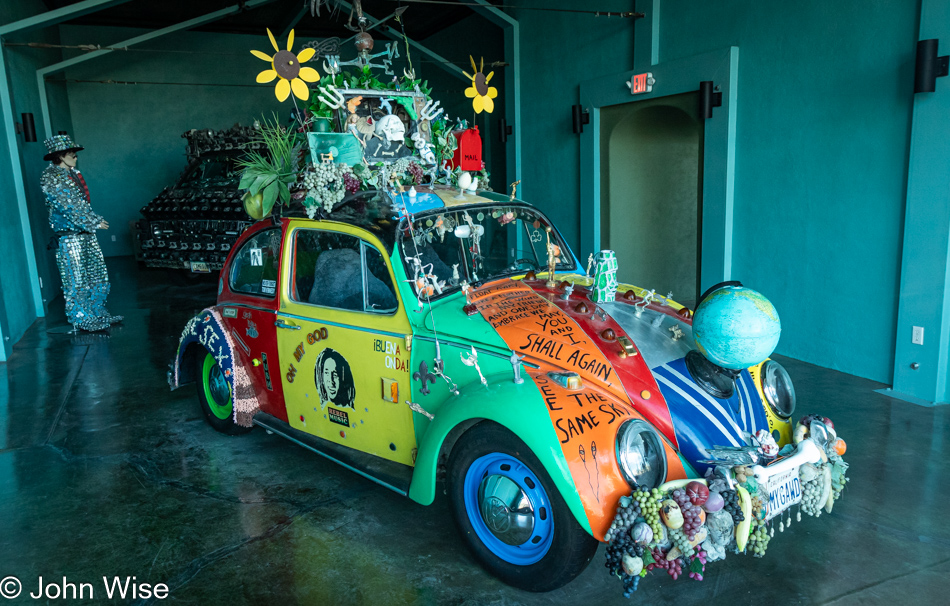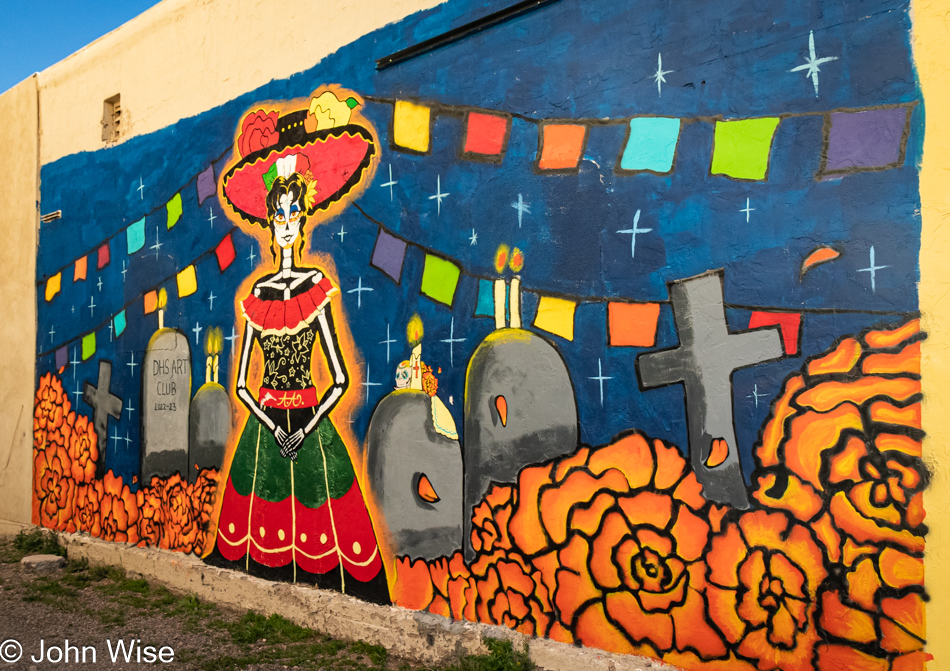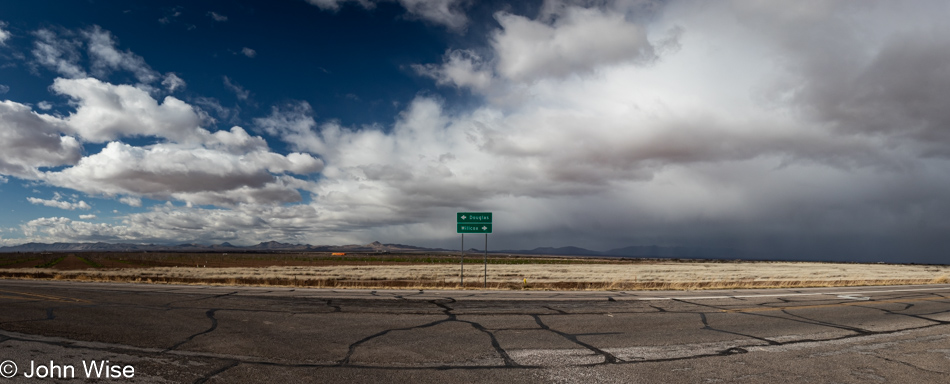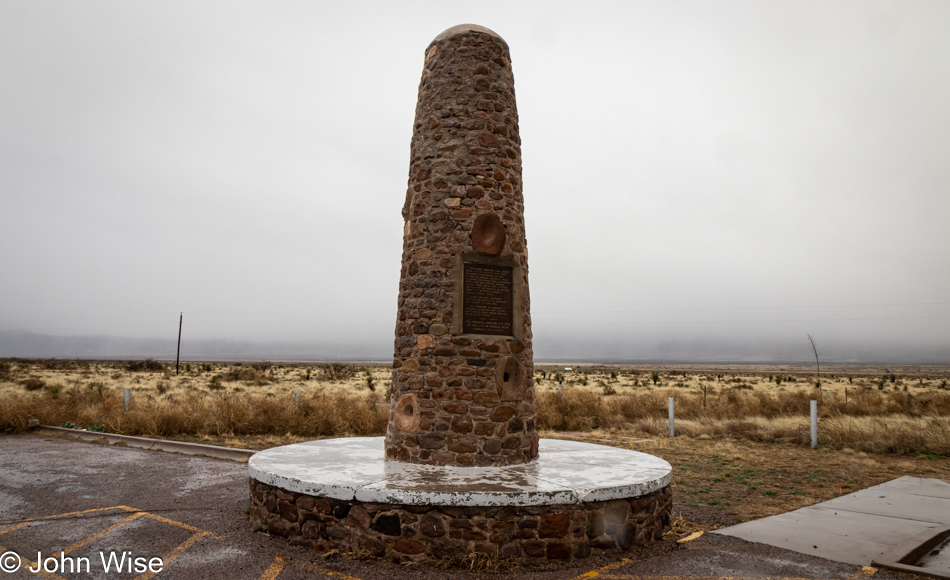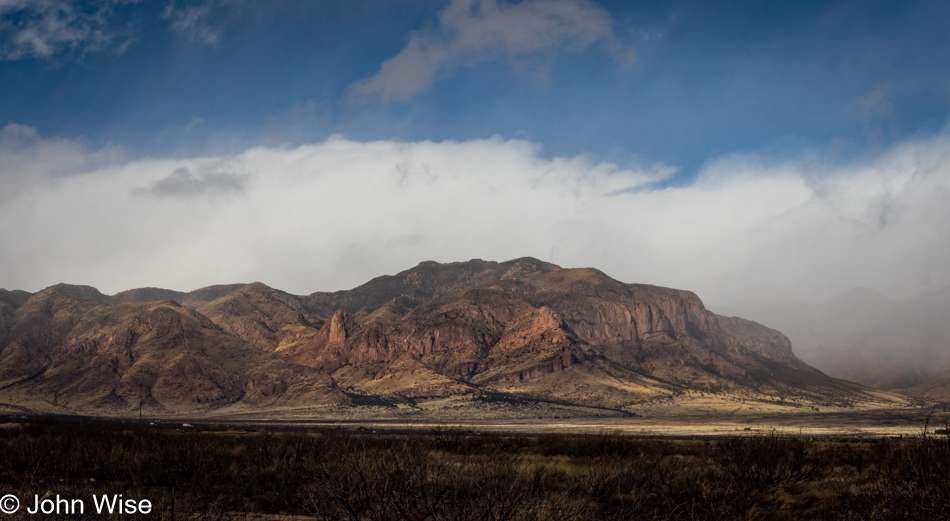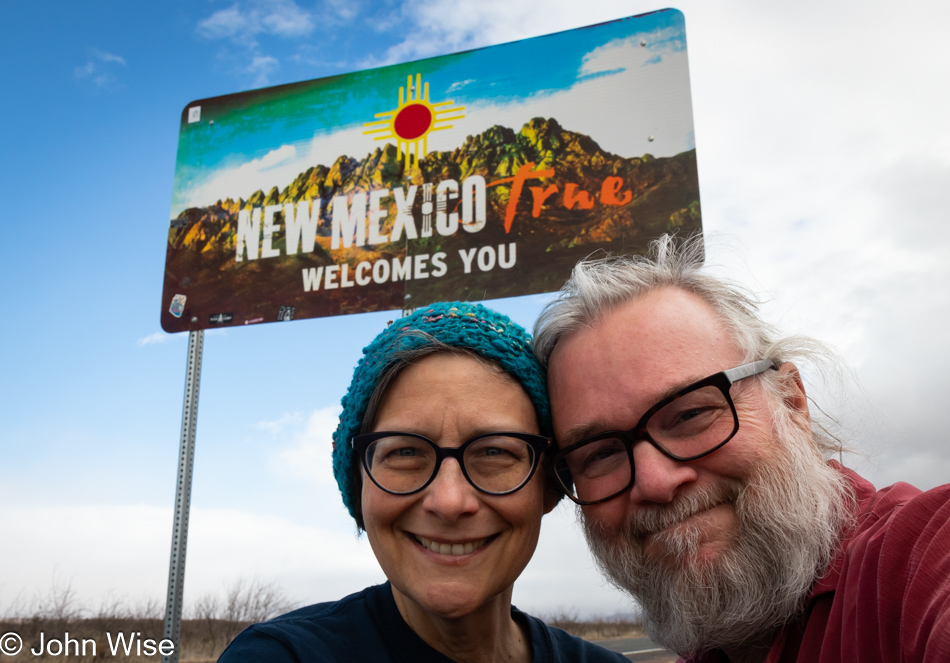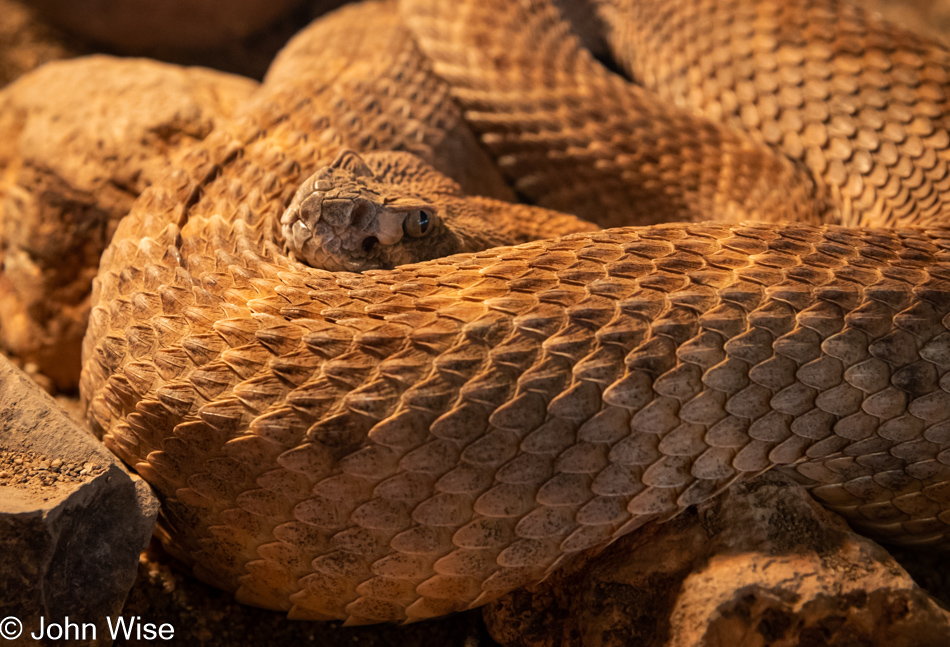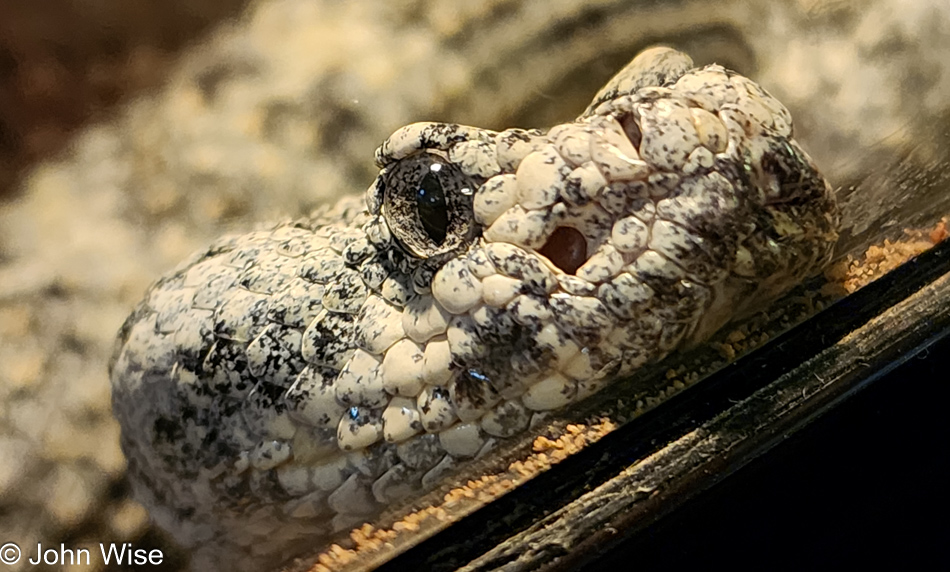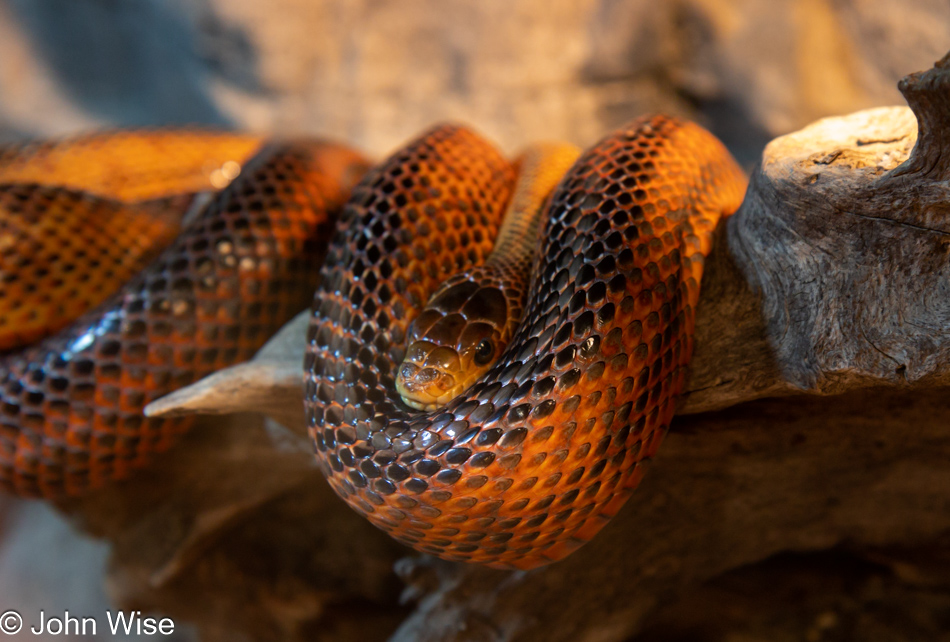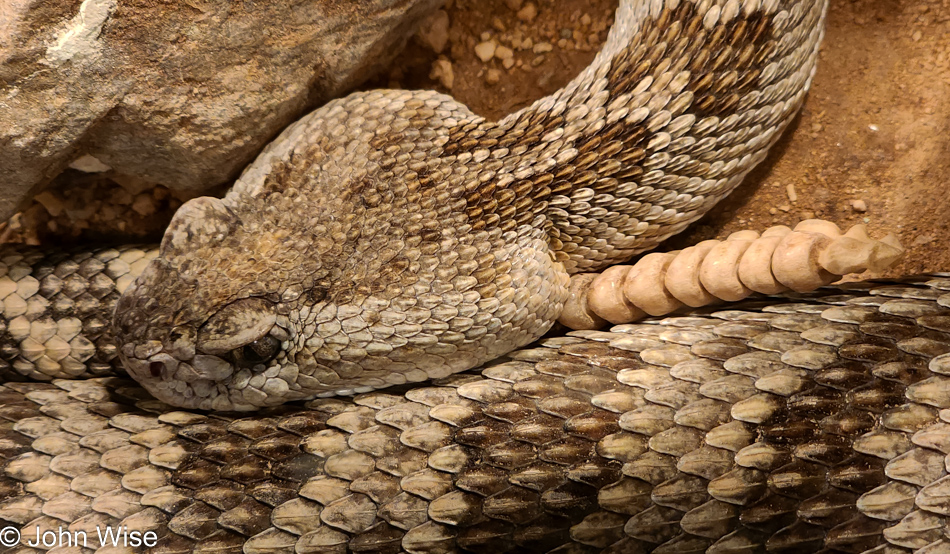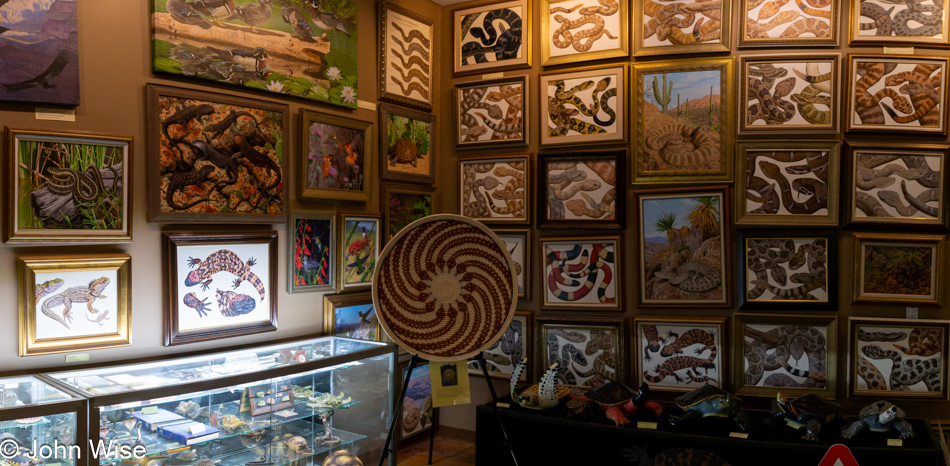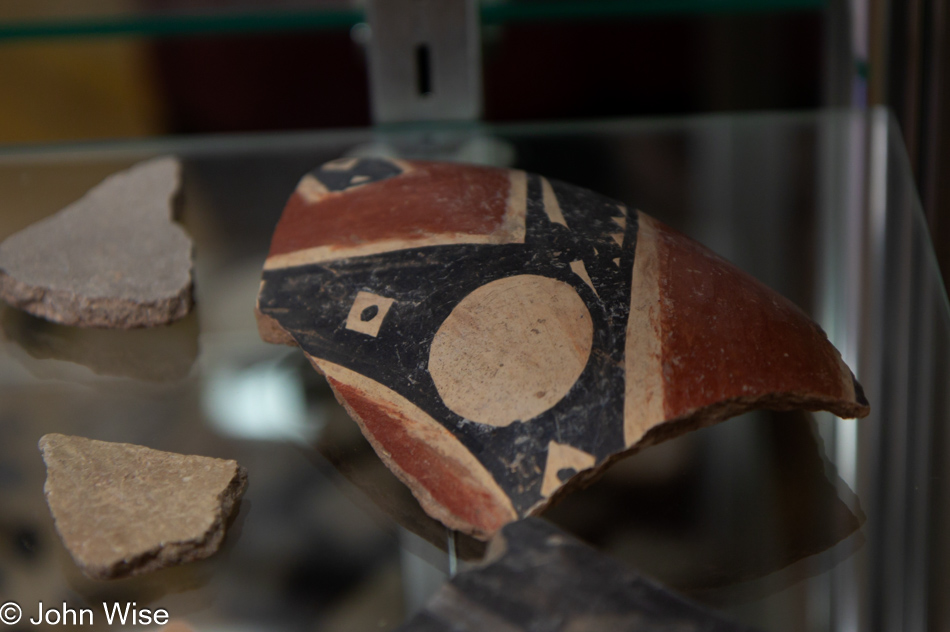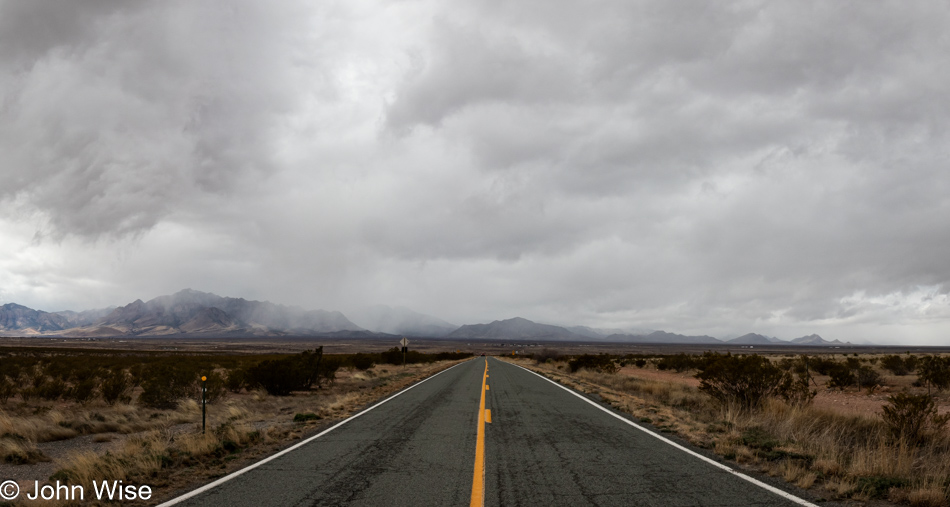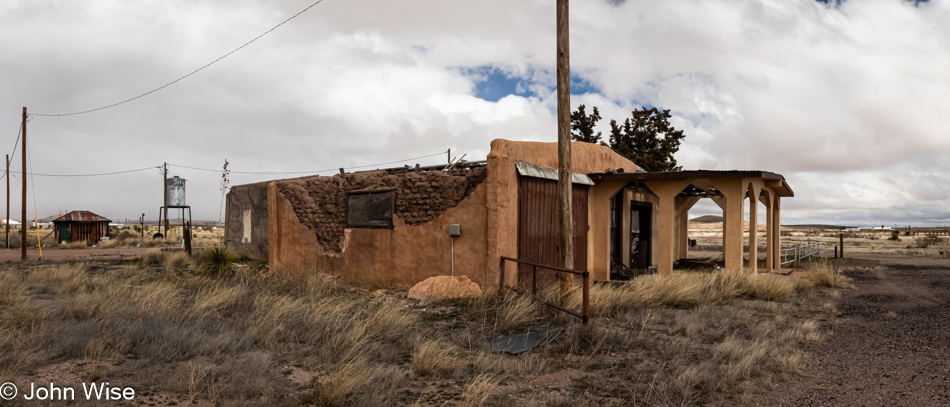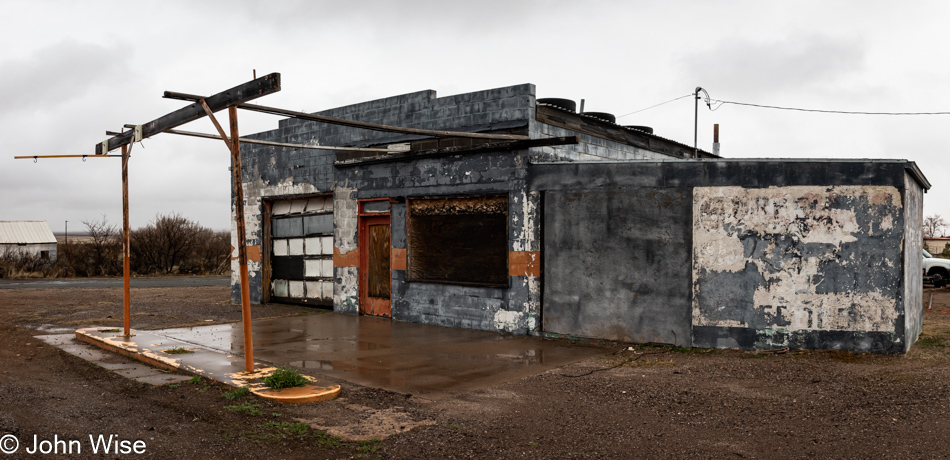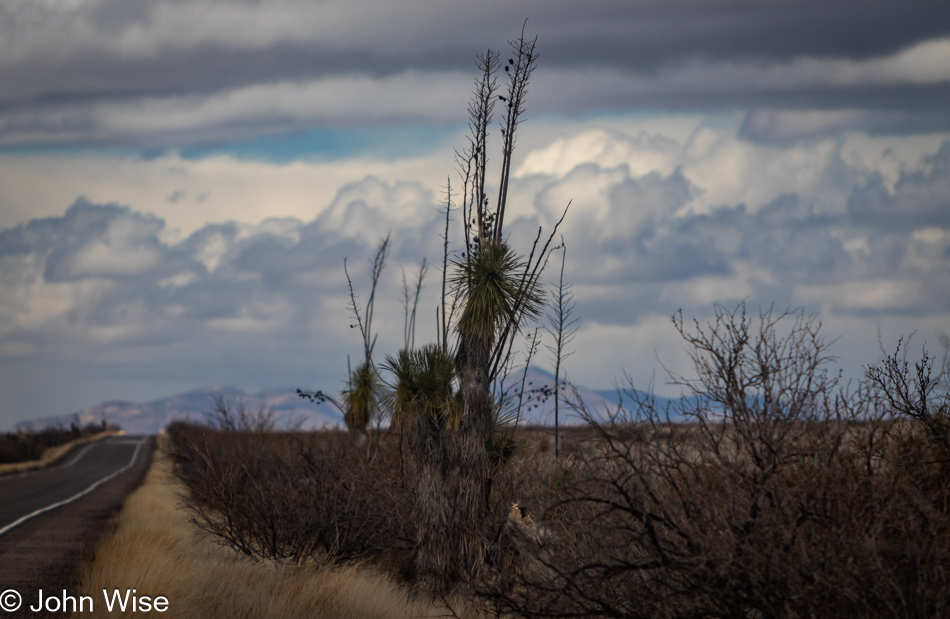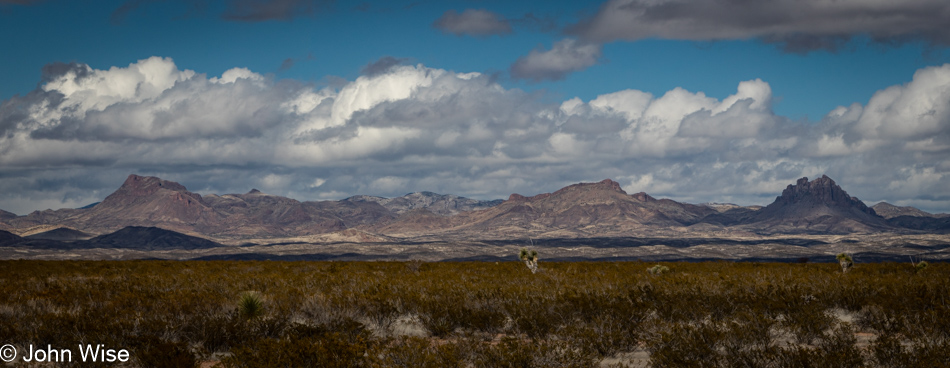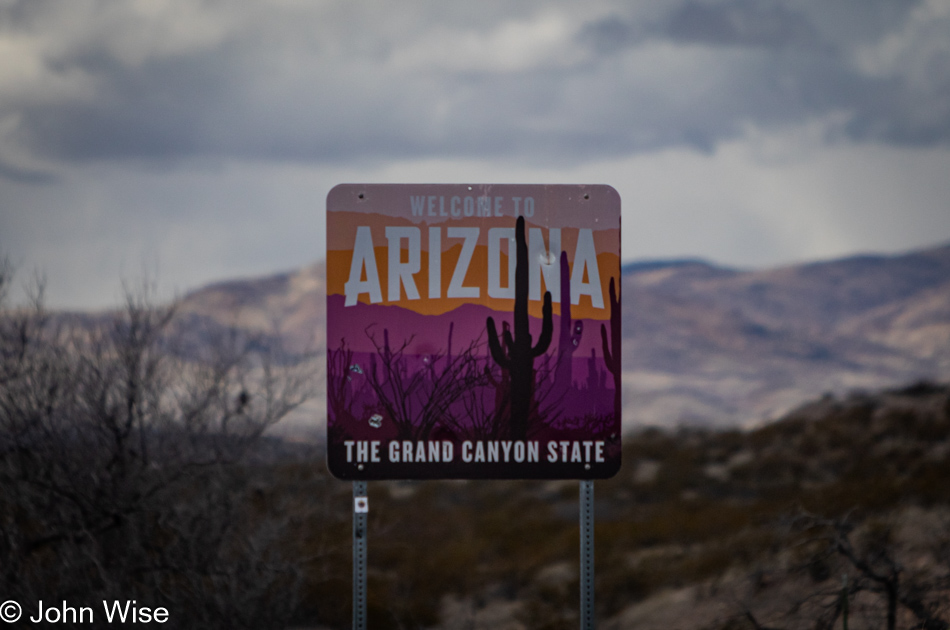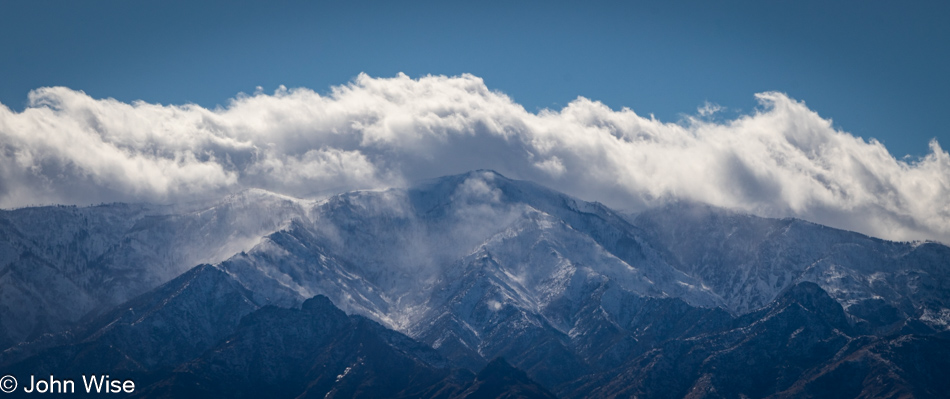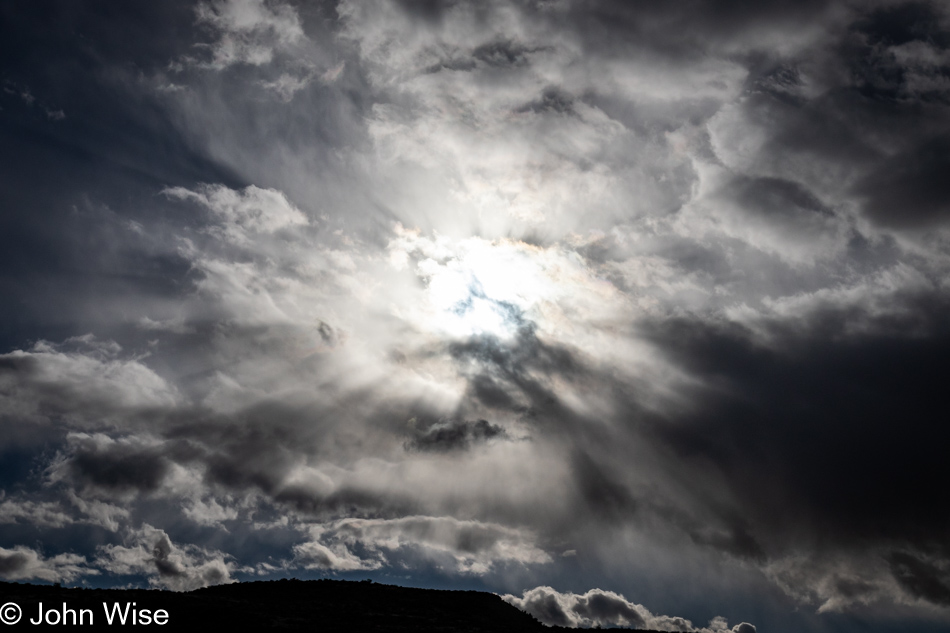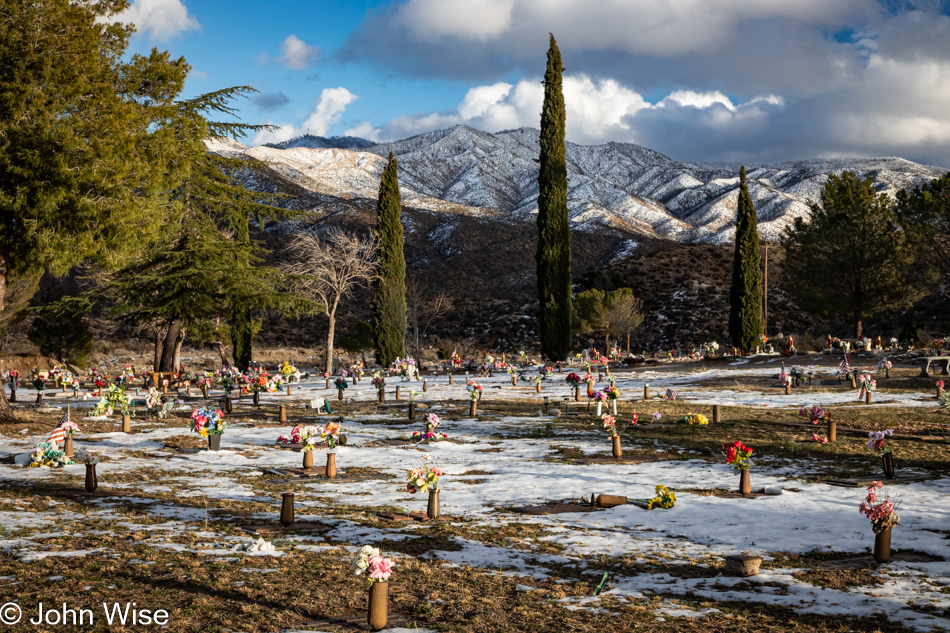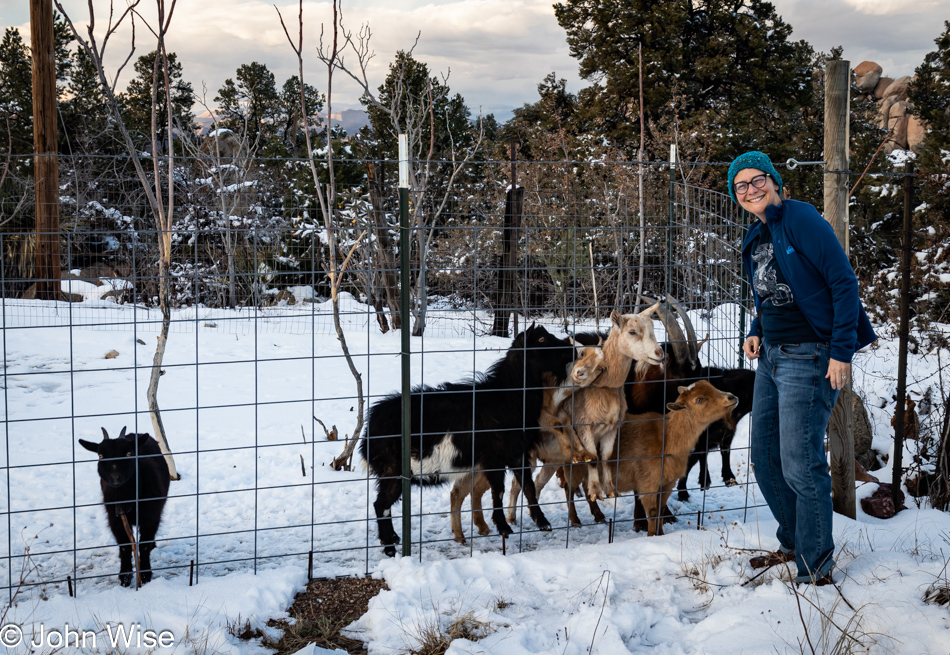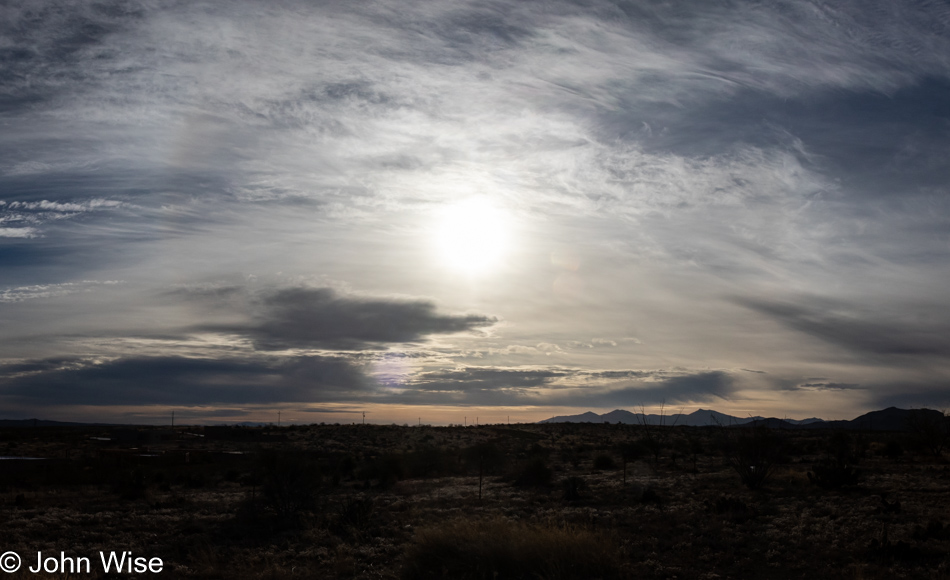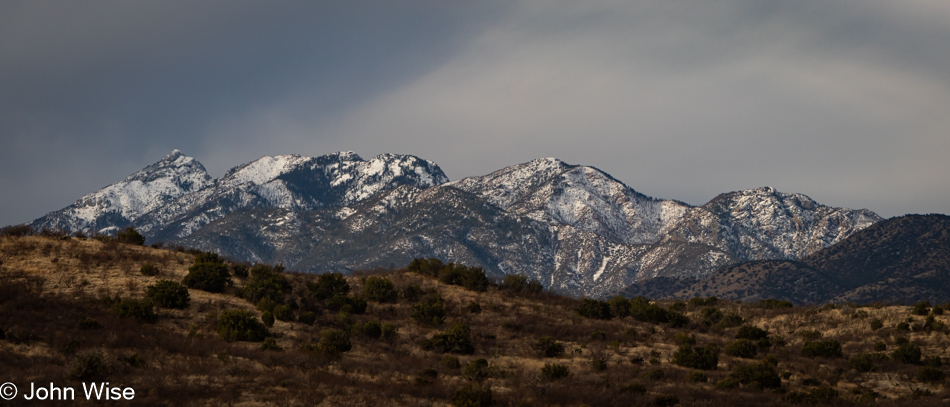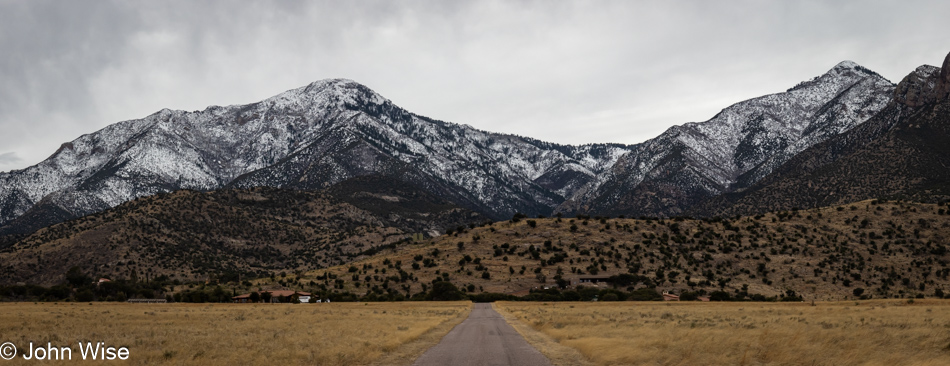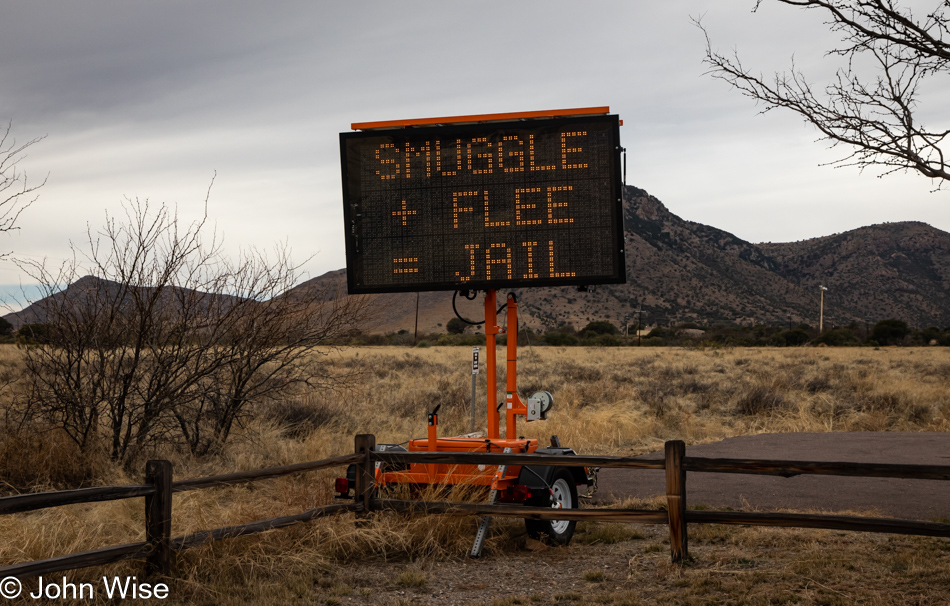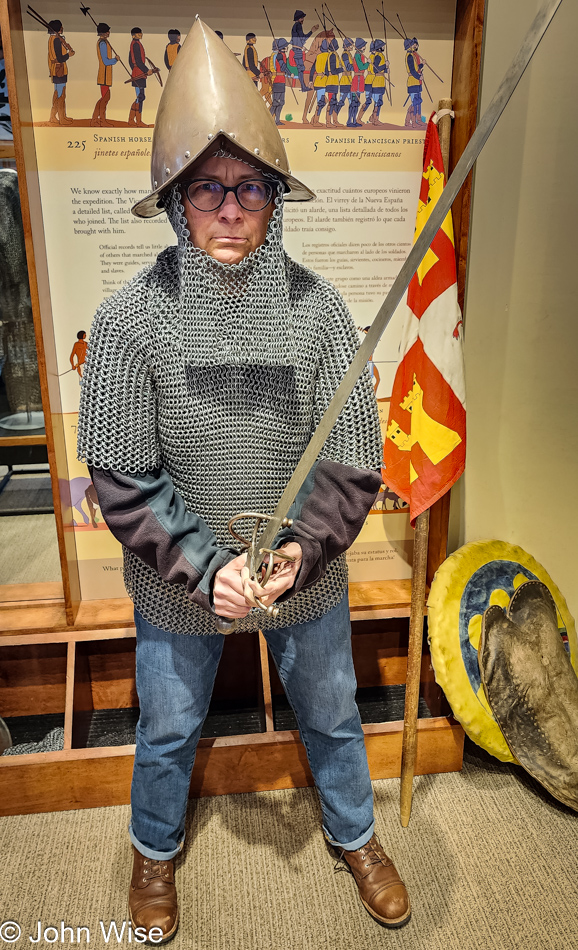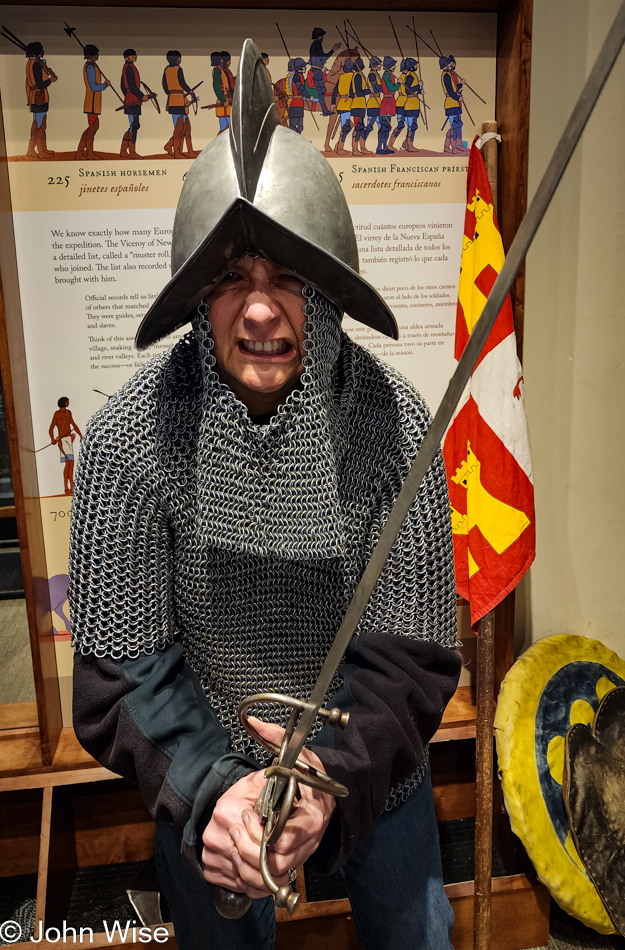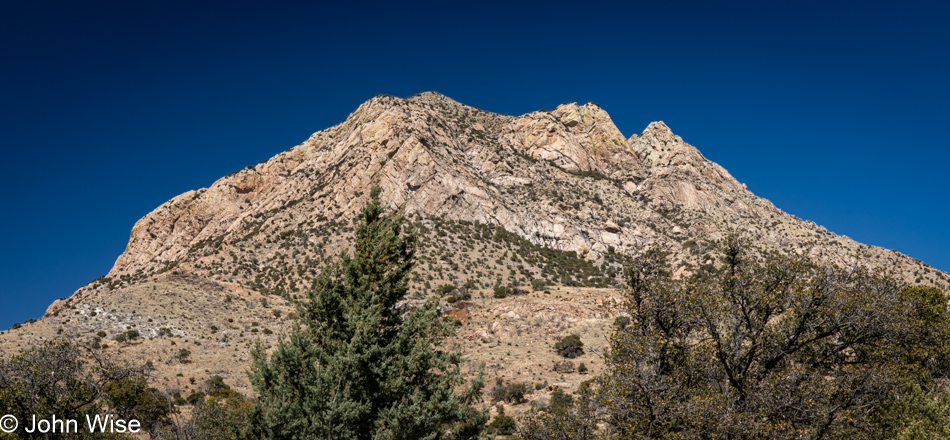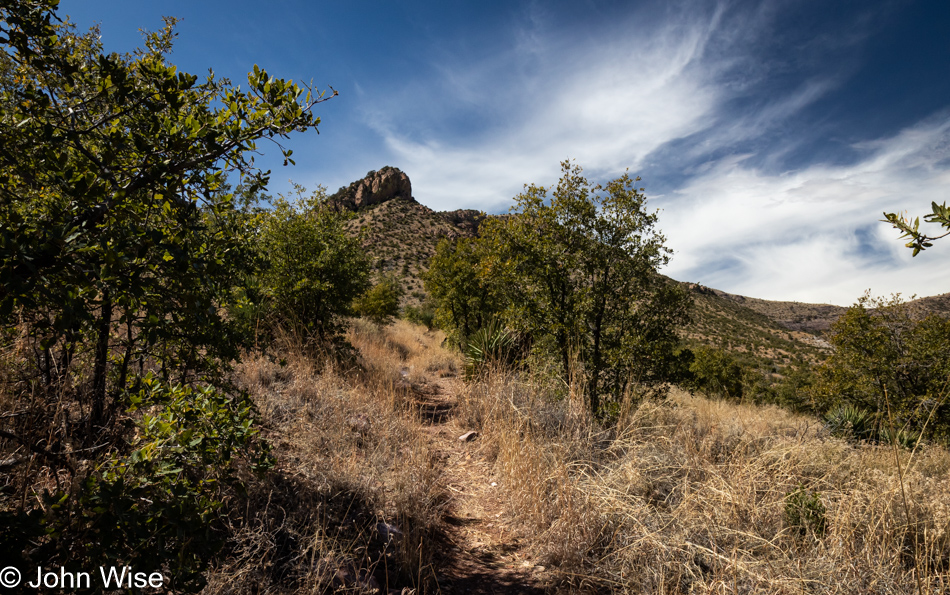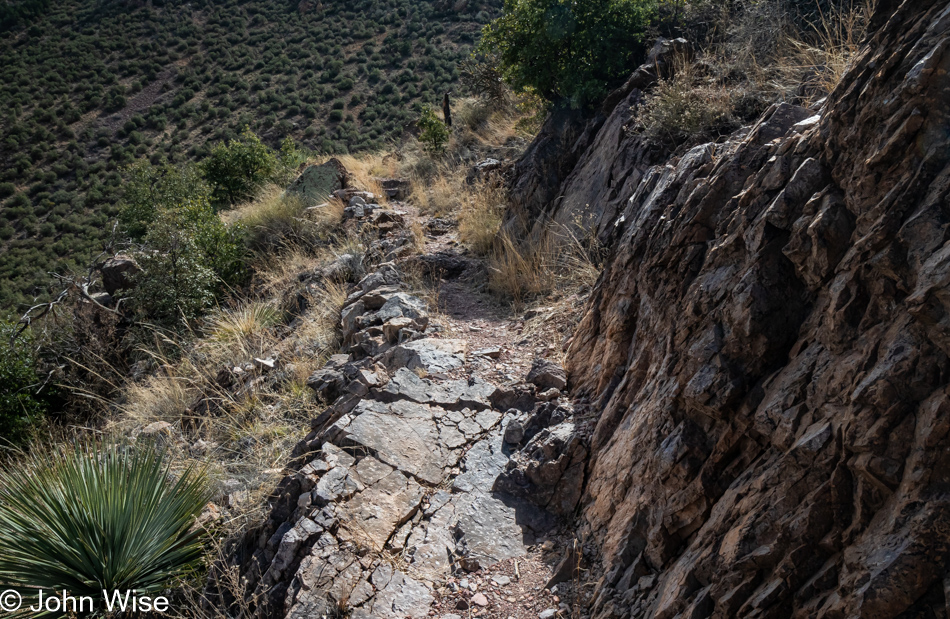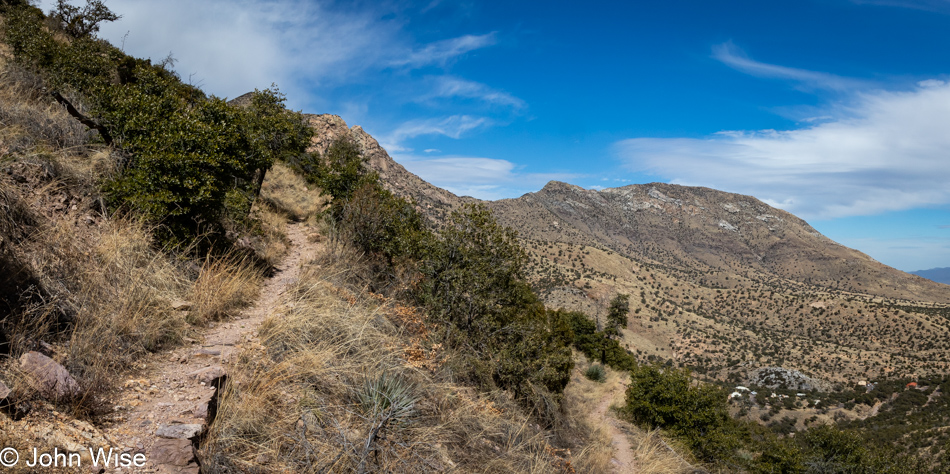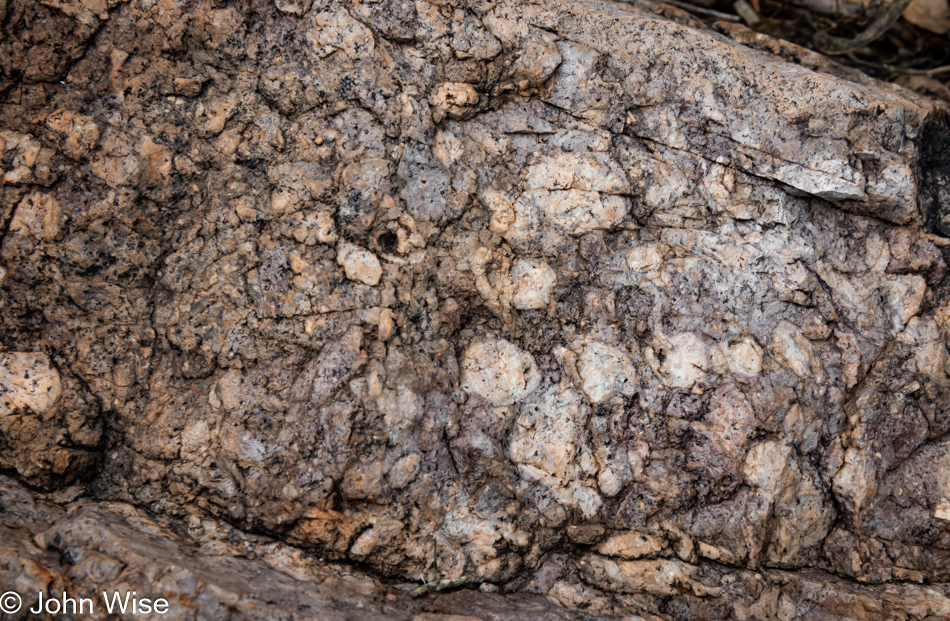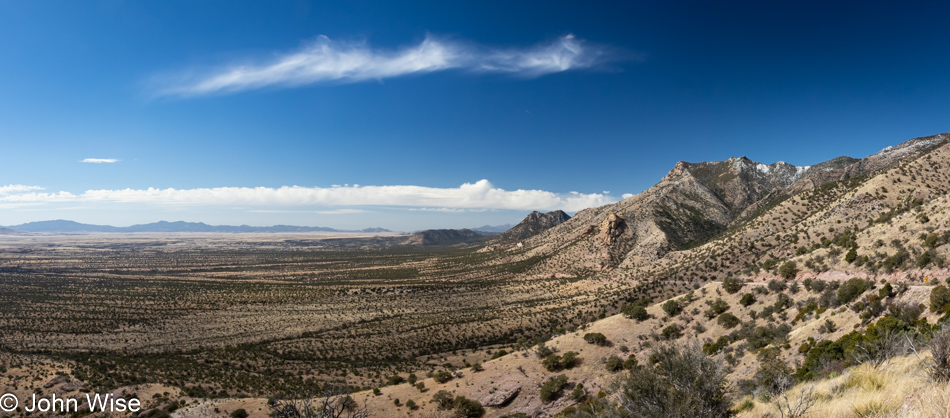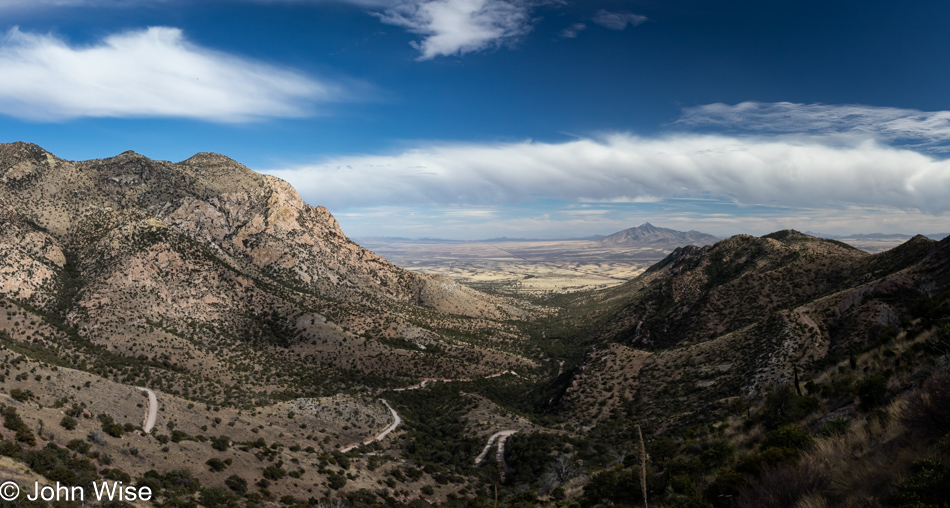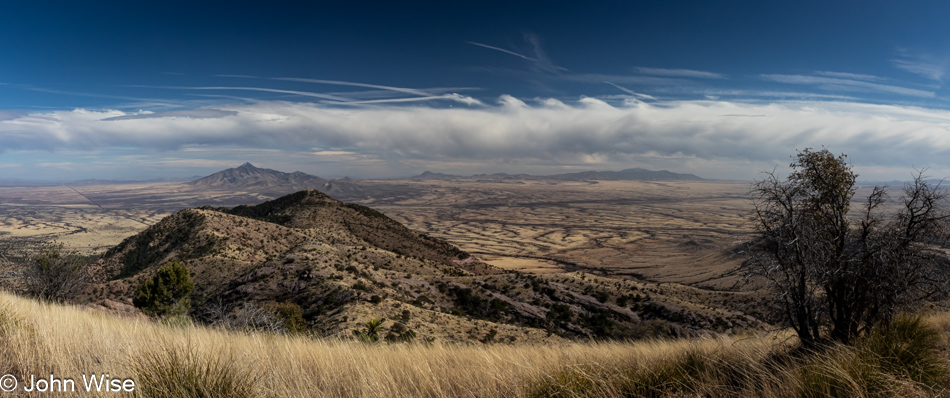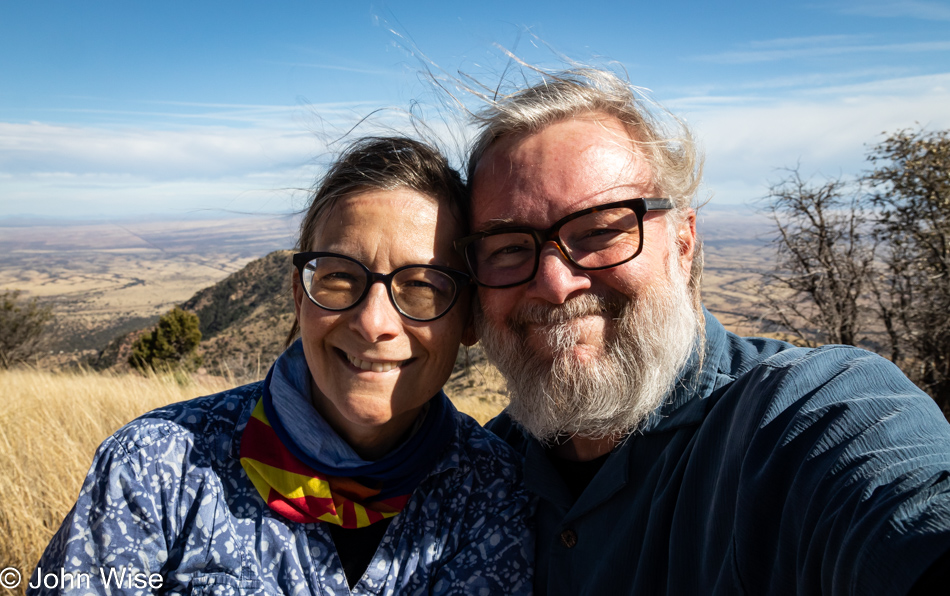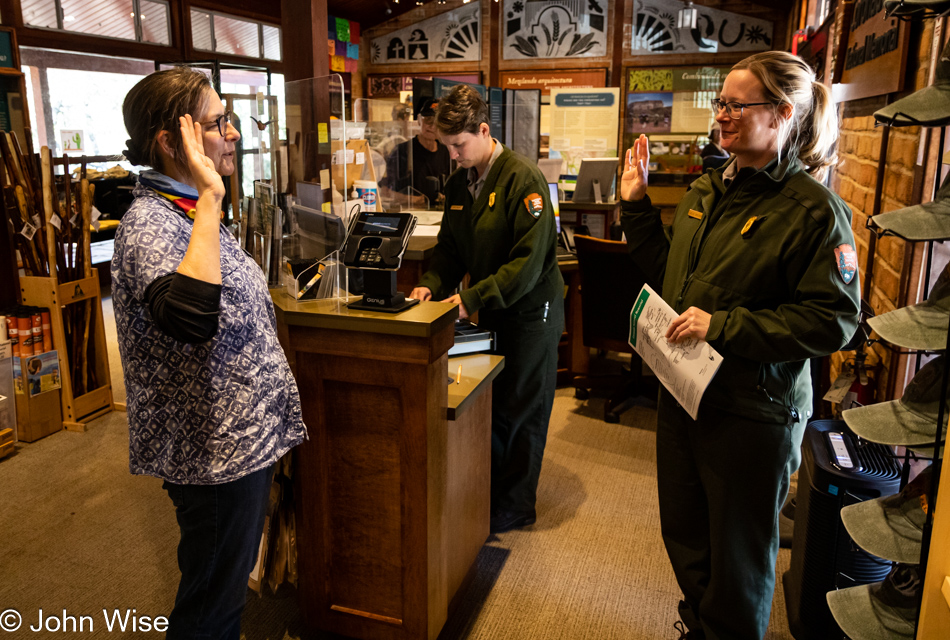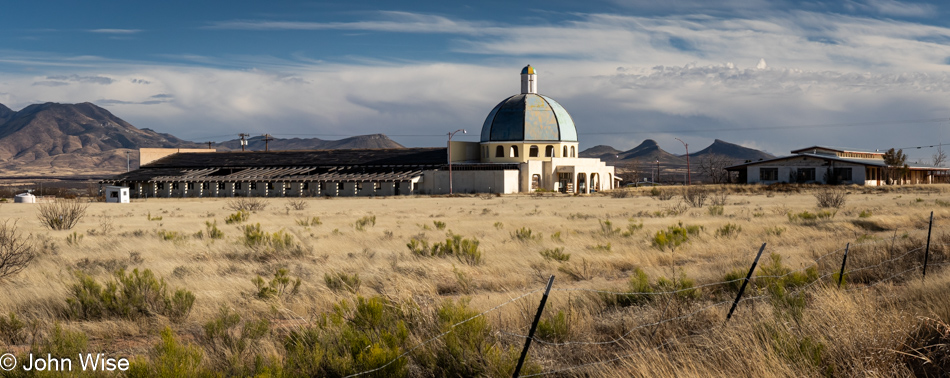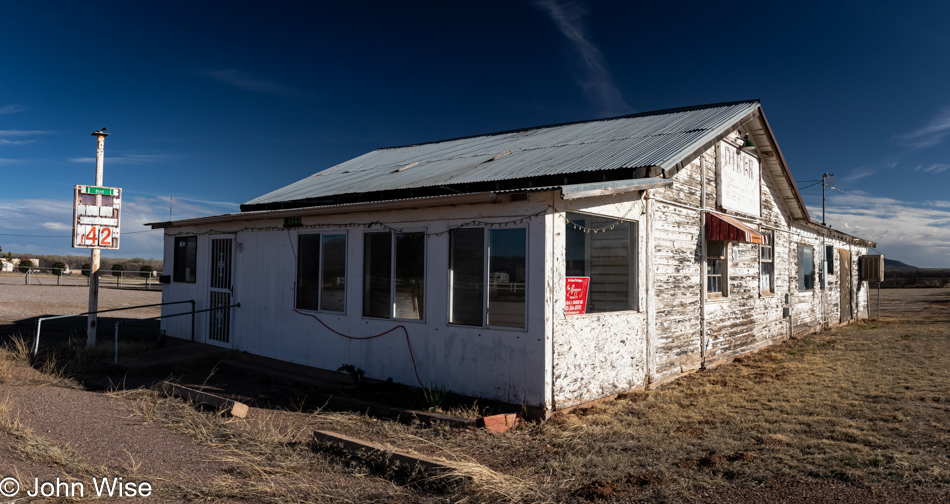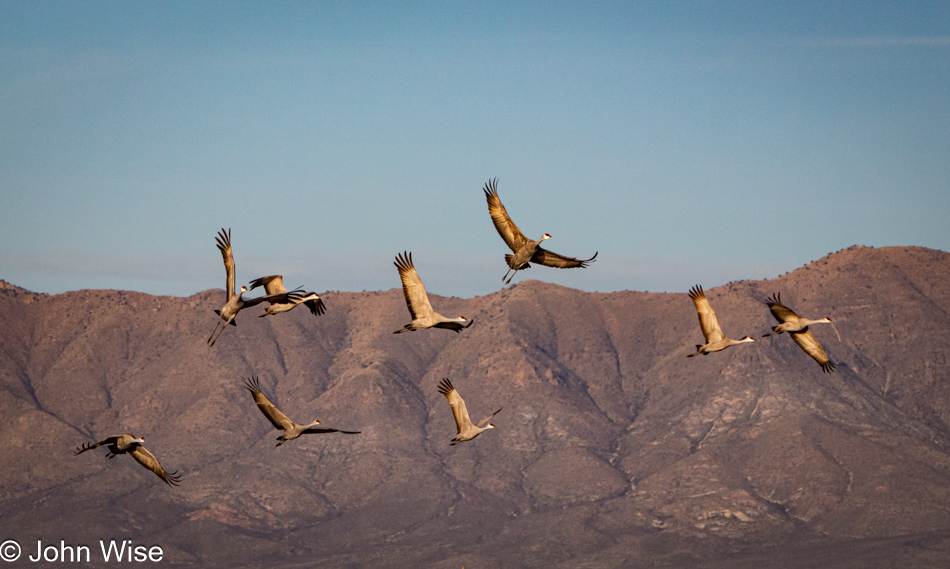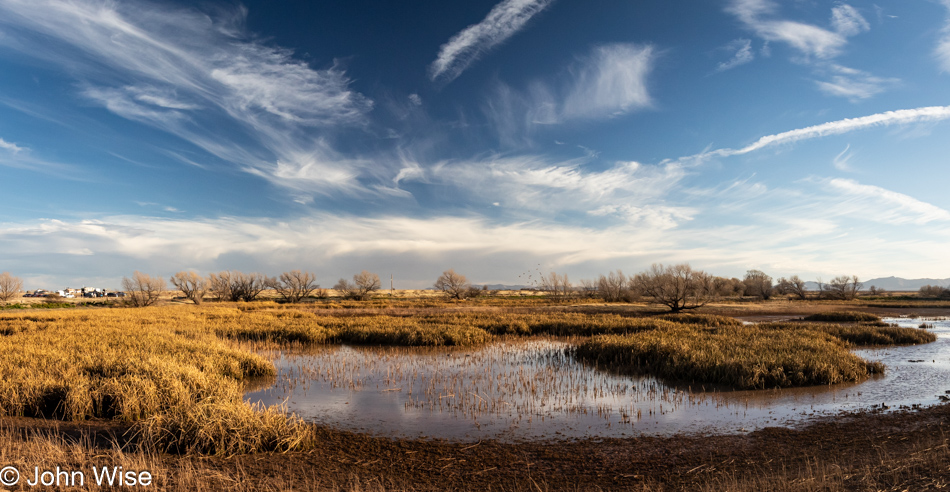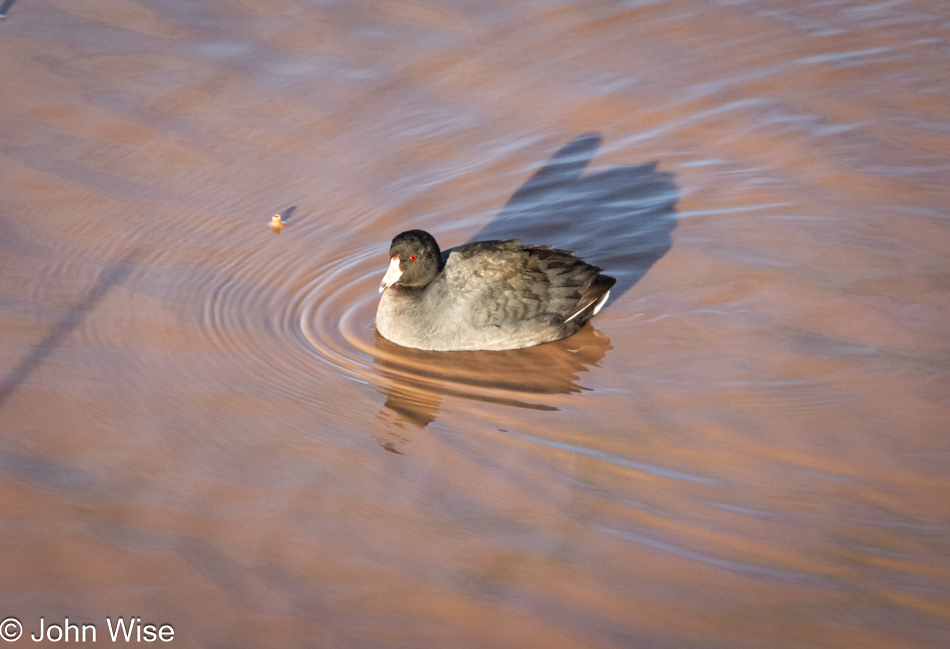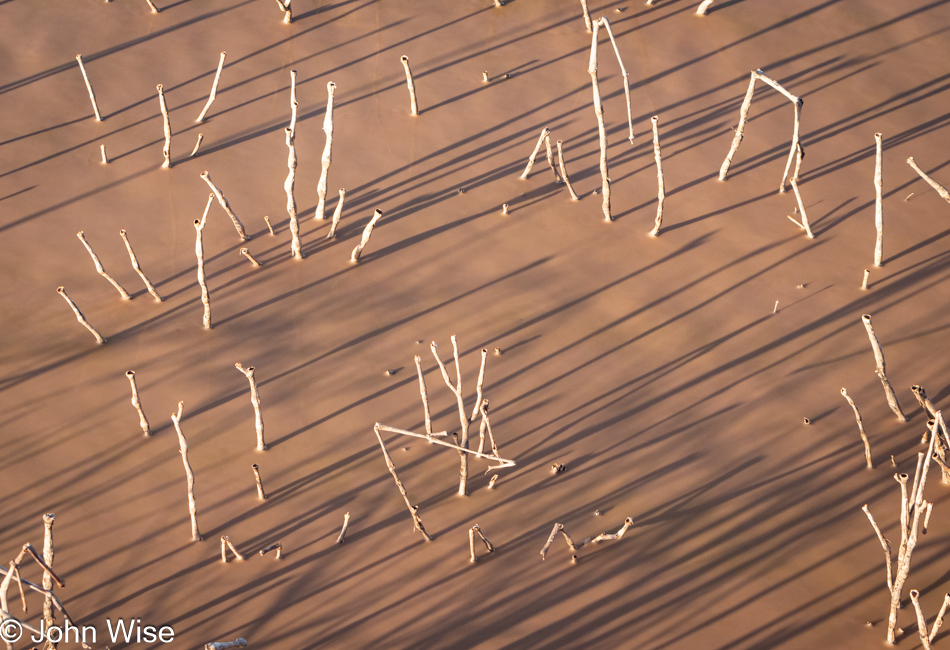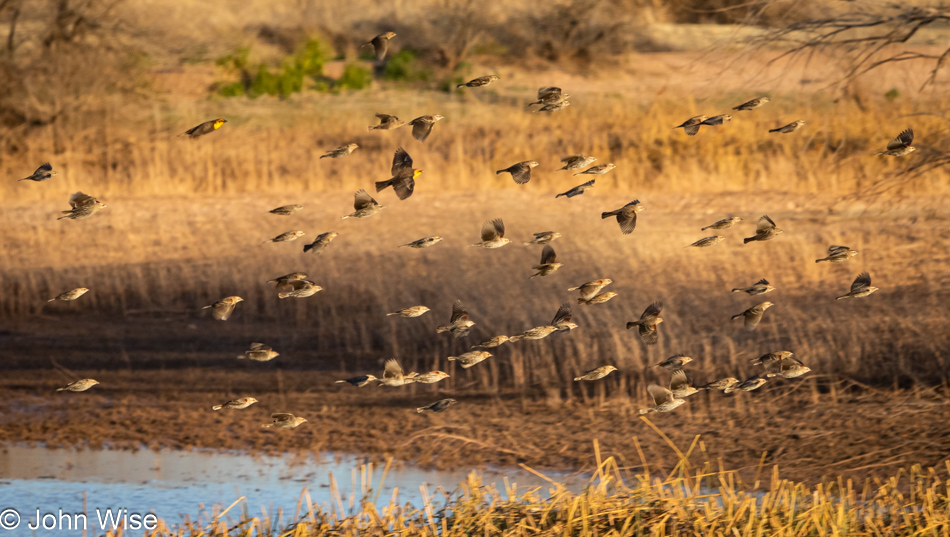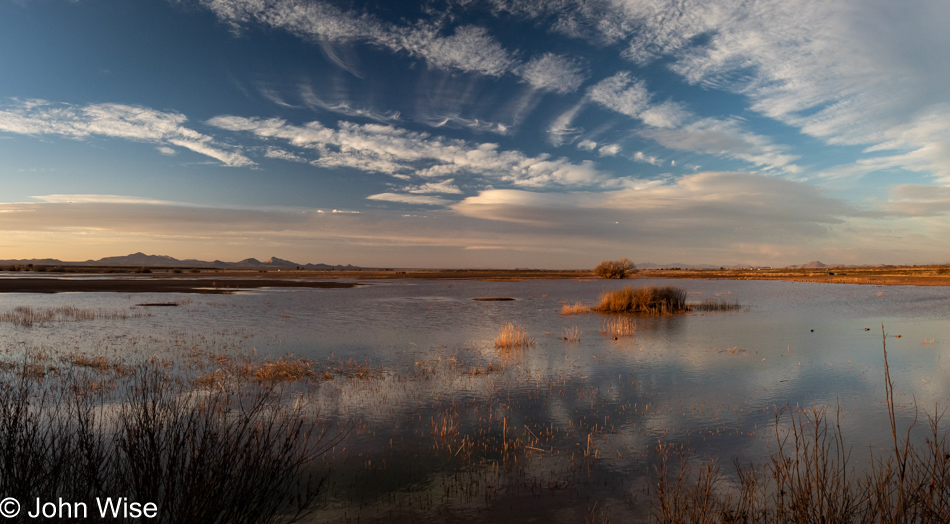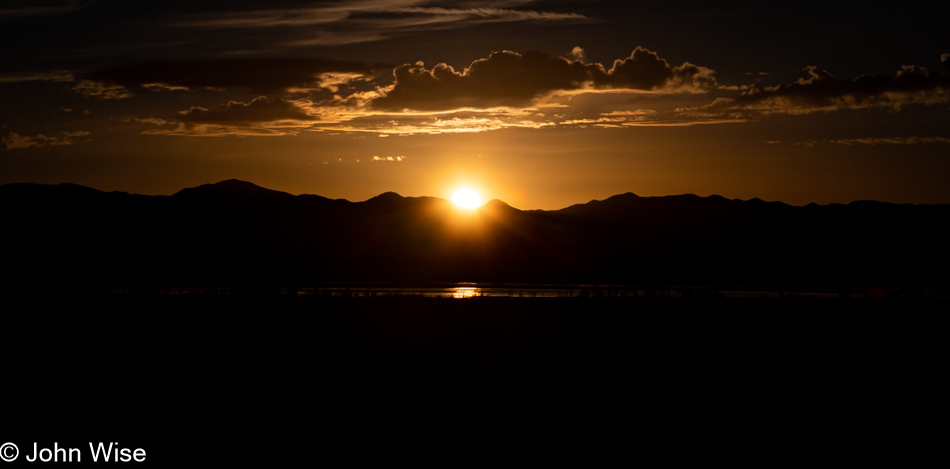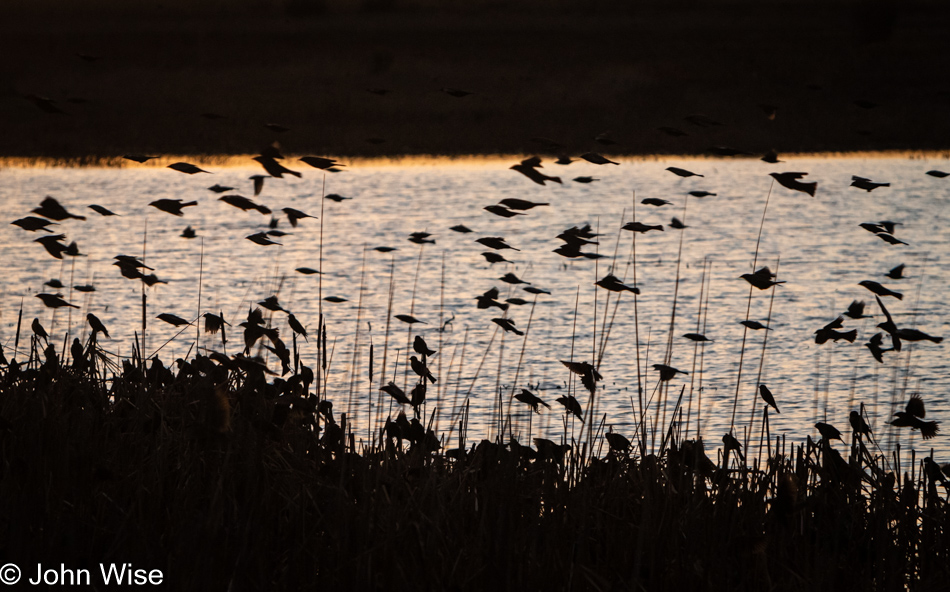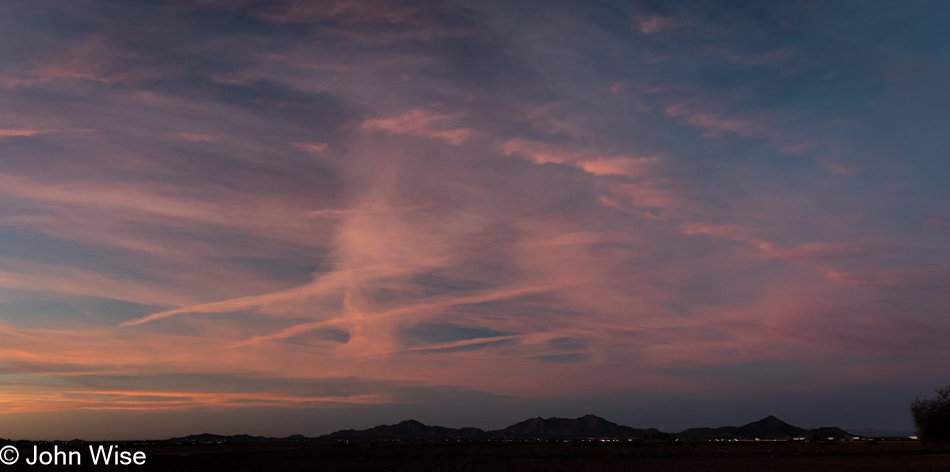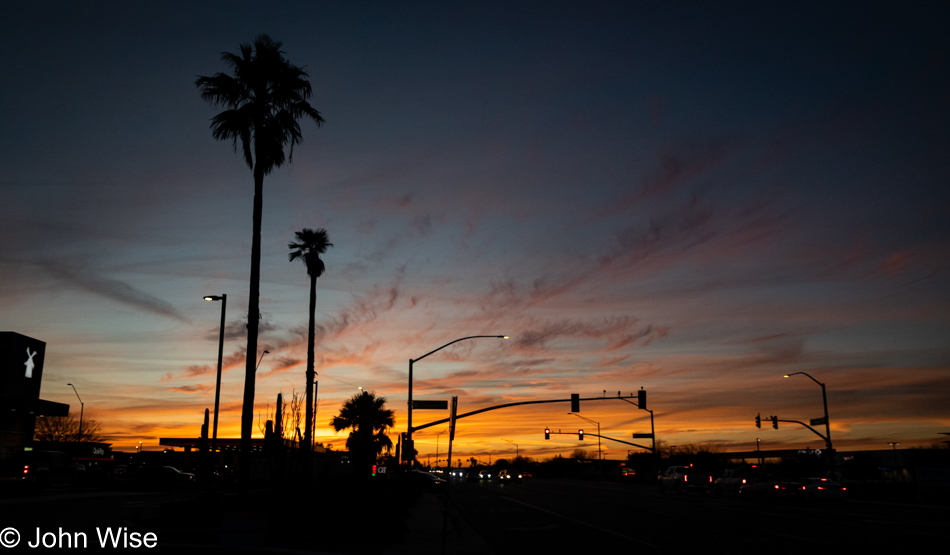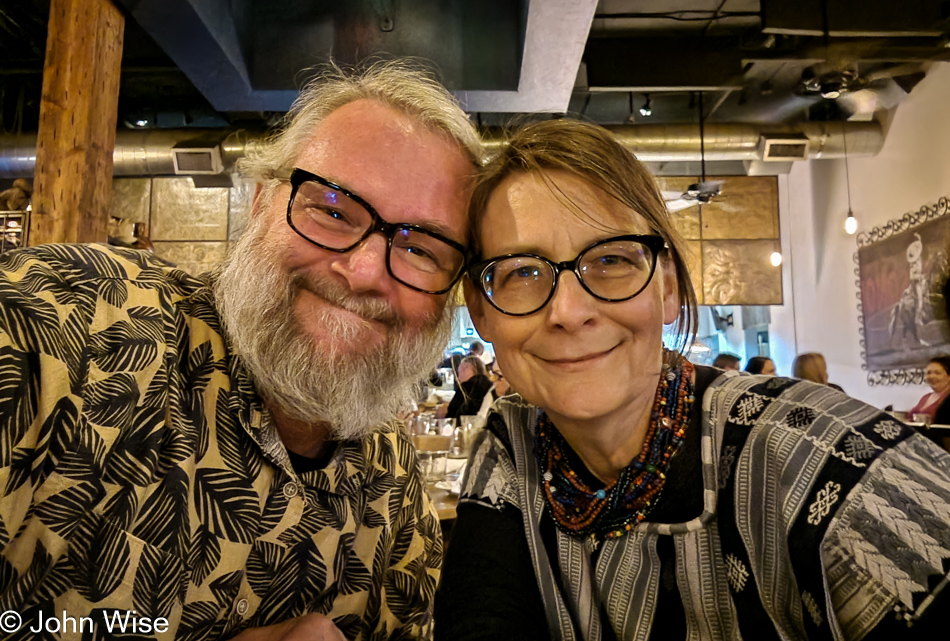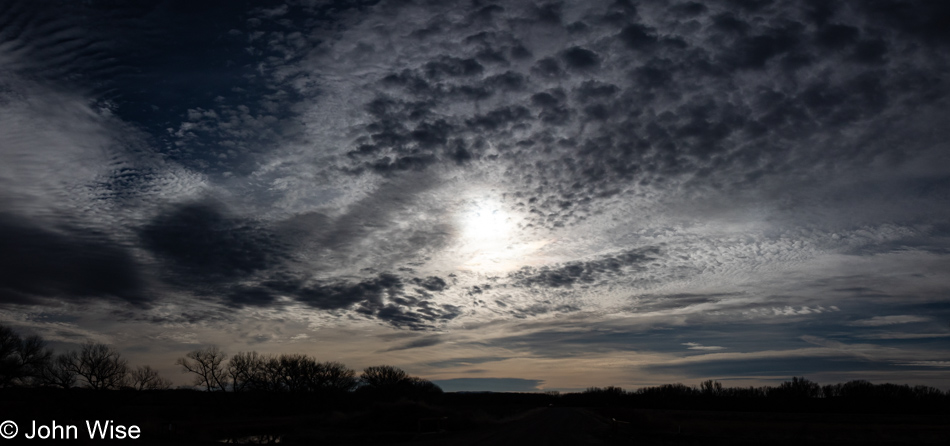
The odd pairing of the 20-year-old and the man with some seriously gray hair continues as we’re about to surpass 24 hours of these two guys traveling to places familiar to one and relatively unknown to the other. We woke in Socorro, and I got to learn how Carlos is a true lover of sleep and wakes only reluctantly. No matter, we were quickly gone and traveling south, though there was a good chance we’d not find what I was hoping for.
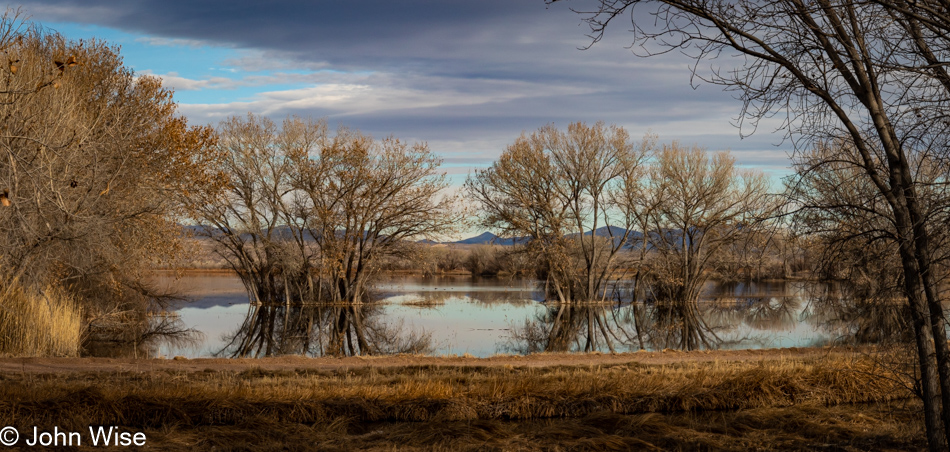
People traveling ready to accept that they might not arrive at their expectations are already winning because they know that no matter what is there or not there, they can simply be excited about being there. We have arrived in the Bosque del Apache National Wildlife Refuge that hugs the Rio Grande, and while beauty is obviously on hand, the hoped-for large flocks of wintering birds have already fled the coop.
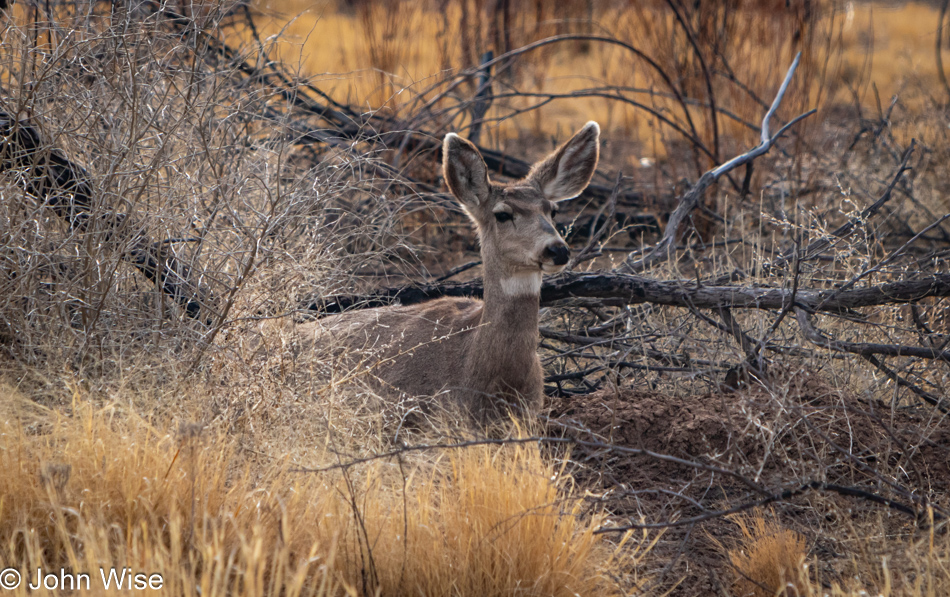
Before reaching a herd of maybe ten deer, we’d seen an eagle, an owl, a couple of hawks, a lot of ducks, and various other birds, but even with my zoom lens, there was no capturing of a worthy photo of any of them.
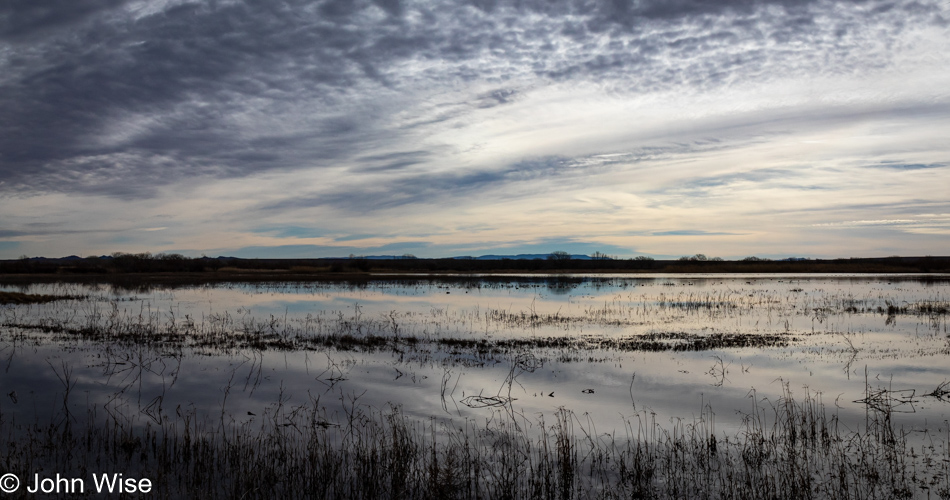
The main pond is quiet while I try to describe to Carlos what a November day looks like out here when 10’s of thousands of birds are still on the water just before the sun pokes over the horizon.
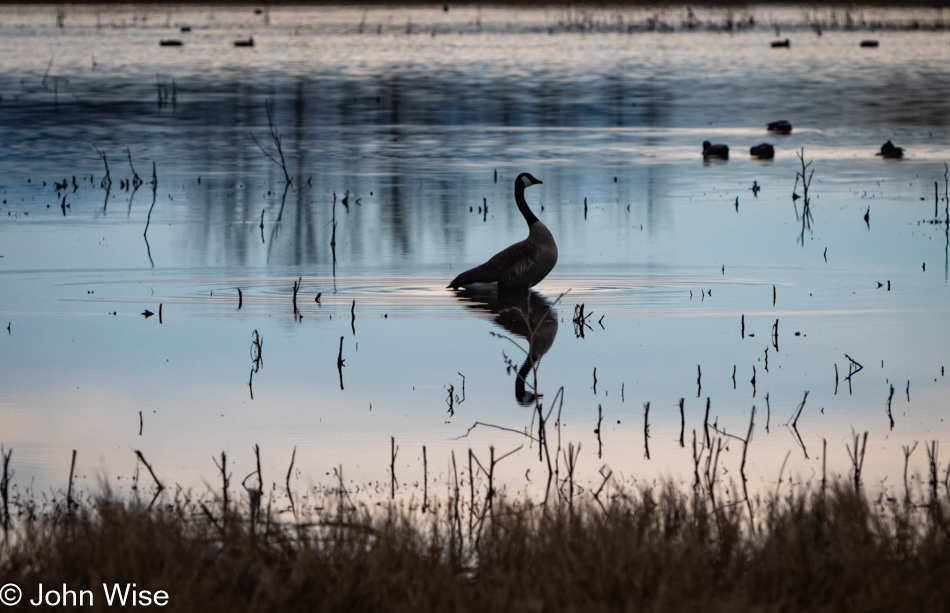
A small handful of Canadian geese were present; they flew in but weren’t here for long. The snow geese and sandhill cranes apparently just left in the past couple of weeks, according to a local who’s out here frequently. The season is over, and with such low numbers of birds, we skip the south pond and begin our trek north to Santa Fe, New Mexico, after we dip into Sofia’s Kitchen & Burrito Tyme only because El Camino is closed. Breakfast is decent in this little diner, and should you dare try the Two Smothered Breakfast Burritos plate, be prepared and carry a big appetite with you or know that you are leaving with lunch.
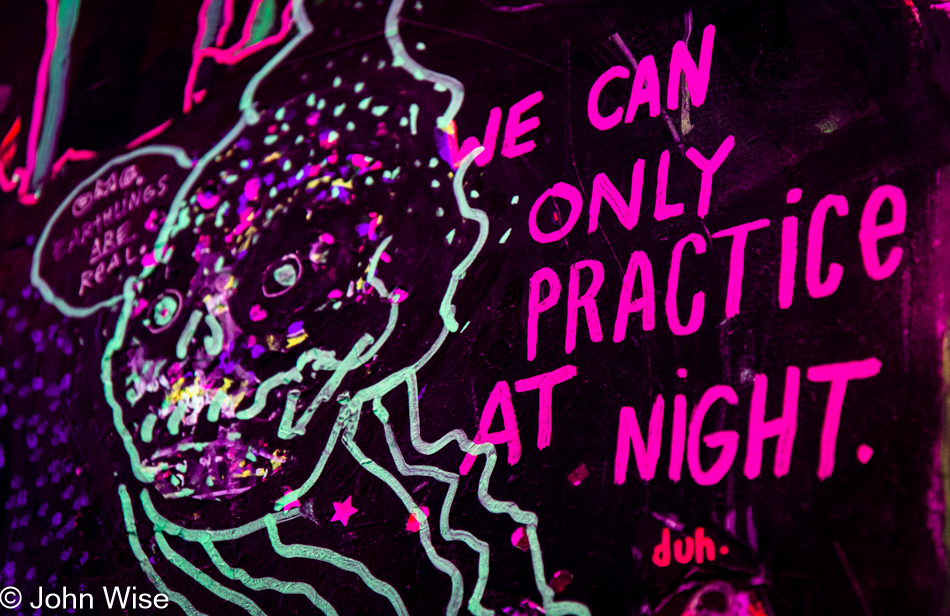
Meow Wolf’s House of Eternal Return in Santa Fe is the sole reason I’ve brought Carlos to this city. We’ll spend hours here.
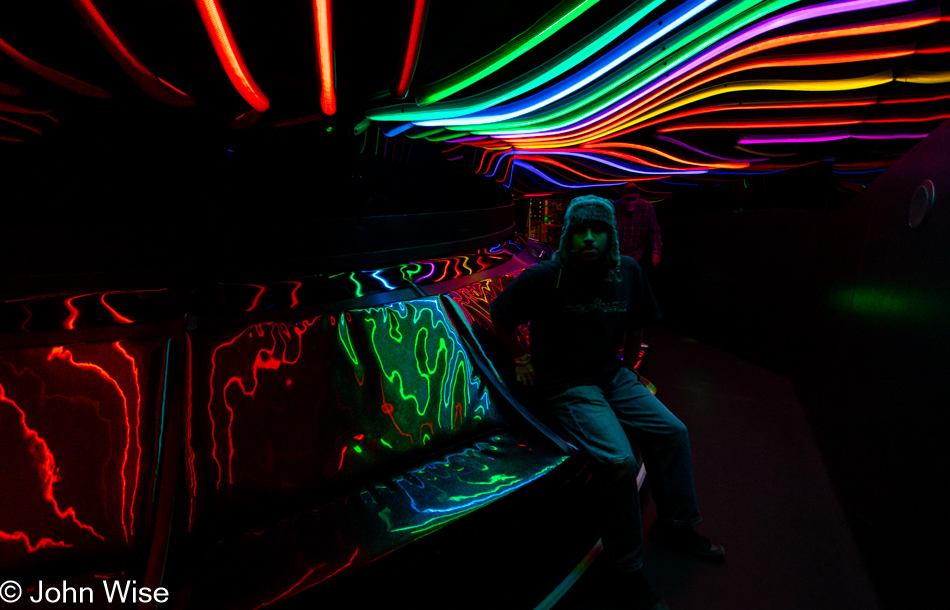
The curse of foreknowledge was playing its hand here as I struggled not to say a word or offer guidance about which way to travel this maze buried in the carcass of an old bowling alley. Carlos would be left to lead the way and discover the 70-odd rooms that exist here.

I recommended that he try to leave the camera alone so he might better fall into immersion within the House of Eternal Return. Do not be distracted by documenting your experience; try to dedicate every bit of attention to the ornate and intricate world that’s been crafted here, and I’ll try to provide some worthy memories that will travel with you into your future. This advice might seem to contradict my constant refrain of being a proponent of documenting one’s life, but on occasion, we must allow our senses to be fully captivated.
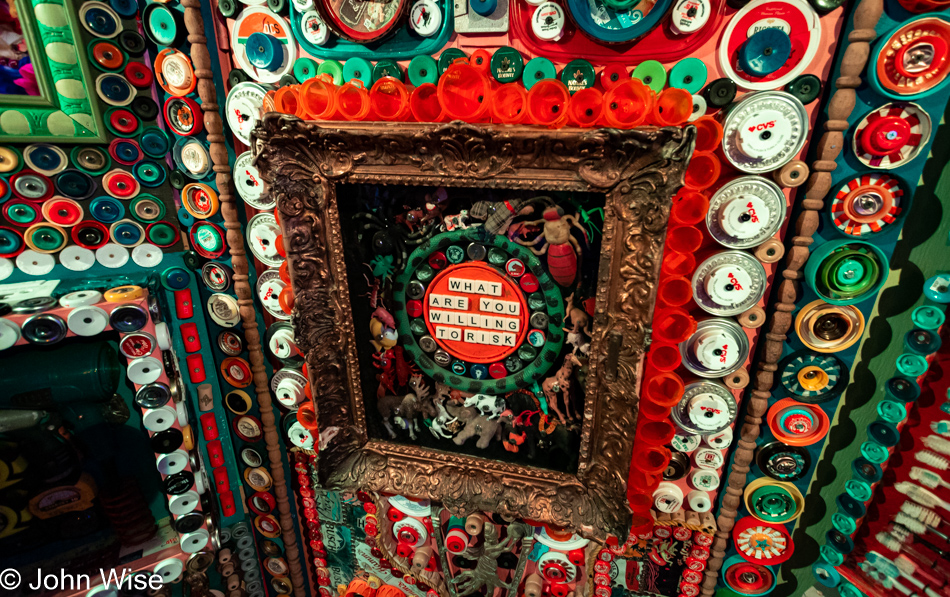
“What are you willing to risk?” This might be the question Carlos is working on within his head as he explores a wider universe where everything from everywhere is meeting all at once at the crossroads of his imagination and curiosity.

Hello, I’m John Wise, your personal guide and knowledgable emissary on this adventure into places unknown. Without the use of drugs, magic, or hyperbole, we will explore the boundaries of potential boredom with the occasional glimpse into the extraordinary, but to get there, we will have to traverse the edge of space and time. Fortunately, for the experienced host, these feats are easily played and delivered because, with 45 years of contemplative thinking and vast amounts of firsthand know-how regarding delving within one’s self, you will effectively be guiding yourself deeper within. From here out I will no longer be known as King Caca Fuego but will go by Captain Potentiator.
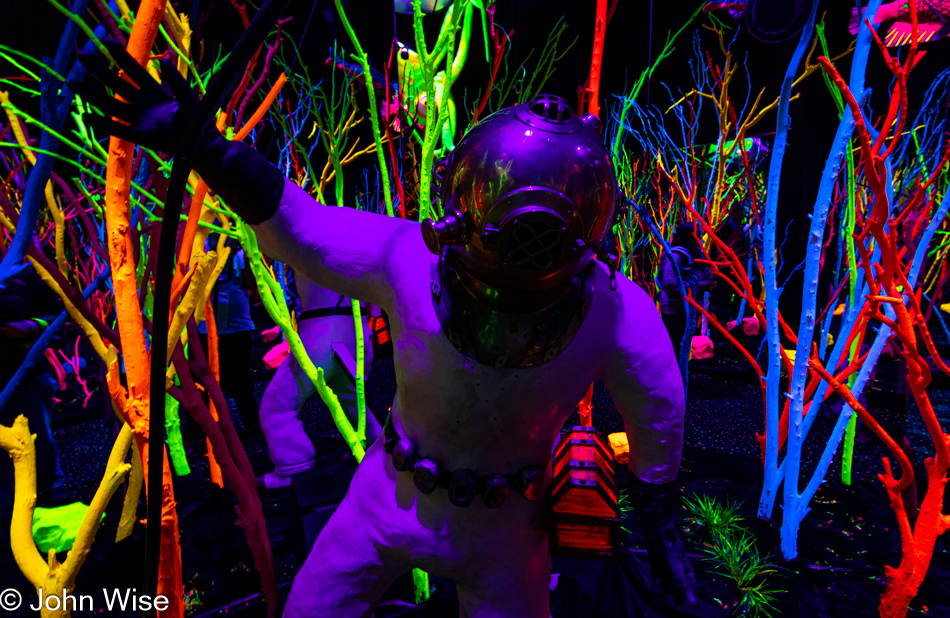
Carlos has suited up for his deep dive to continue his laborious journey to discover just who he is and exactly where he’s going.
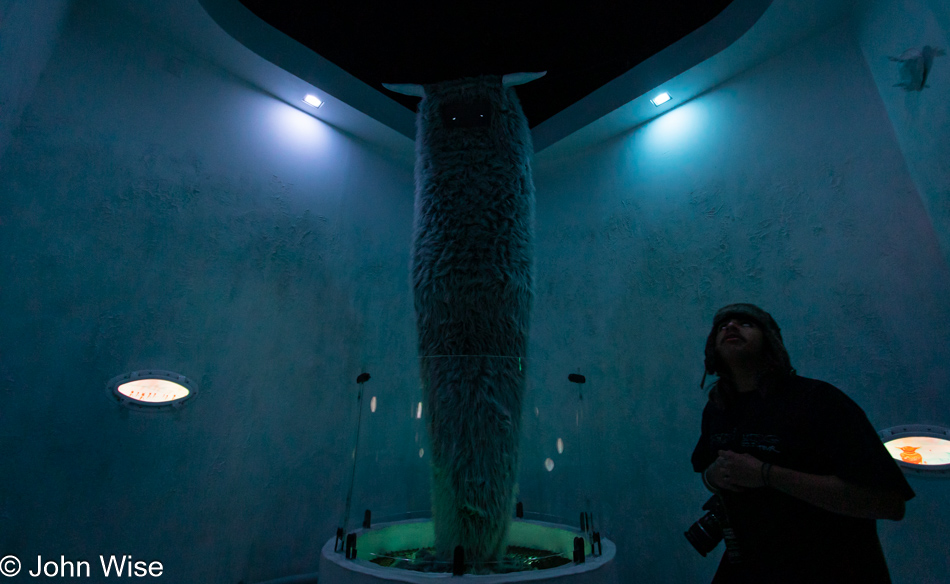
Praying to the Yeti God proved a non-starter, but it did tell Carlos of the Central Brain of Meow Wolf that would be found in communing with the all-seeing eye powered by the magic rat.
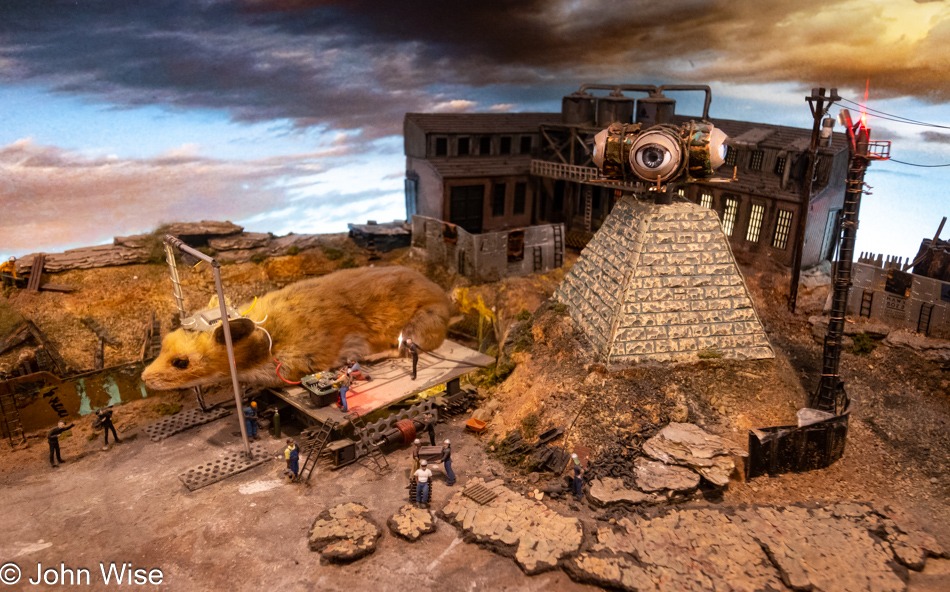
Carlos, have you been able to connect? The wavelength is not always easy to unite with; yes, the struggle is real, but where the will paves the way, you will find the enlightenment you are seeking.
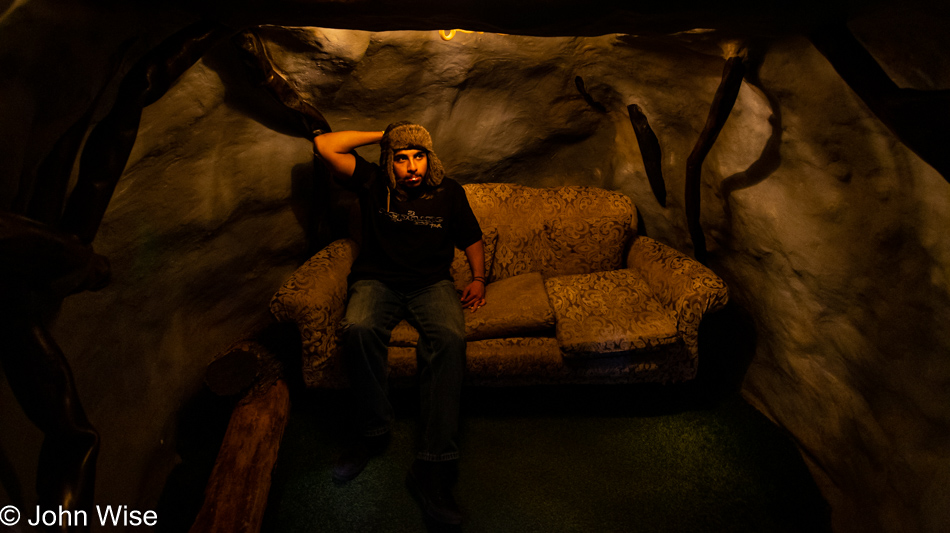
“John, is this the cave Socrates spoke of?” No, Carlos, but all the same, don’t look too deeply into the shadows whose siren song will seduce you into taking up residence on that couch from which you may never escape. Remember, always keep moving.
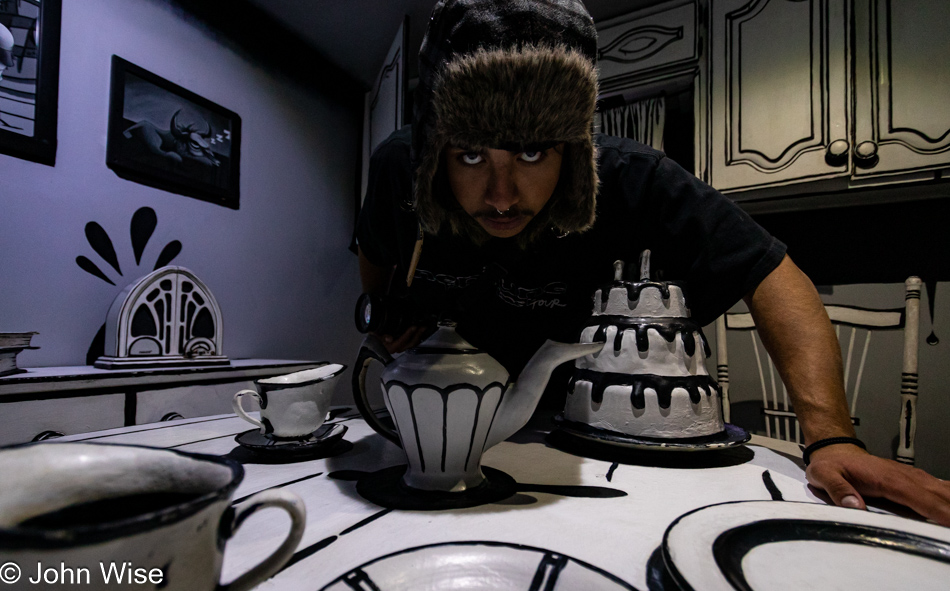
These iterations are the metaphors for the transitions, stages, and spaces you will inhabit in the coming years. The lesson is to embrace the peculiarities, go with the flow, kick back, and enjoy the ride.
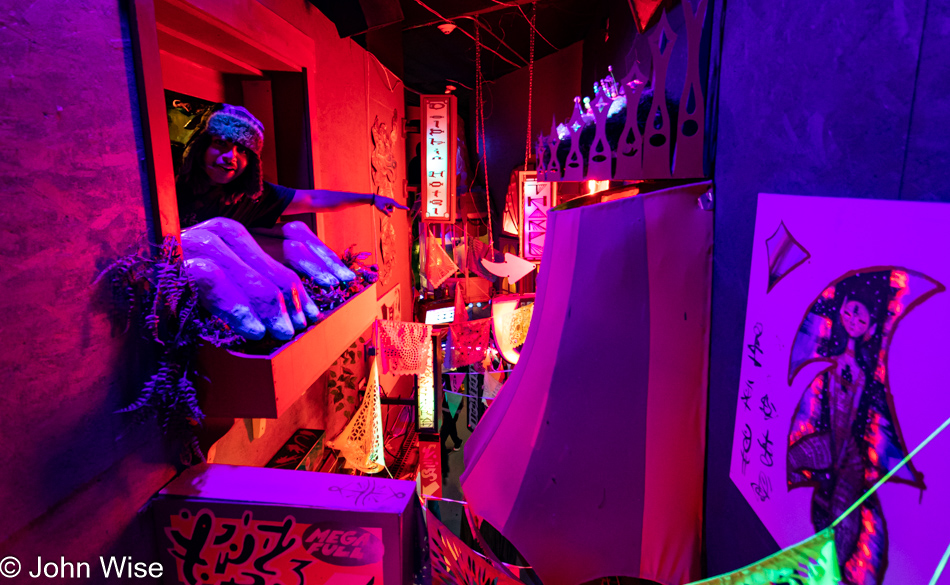
Is that enlightenment down there?
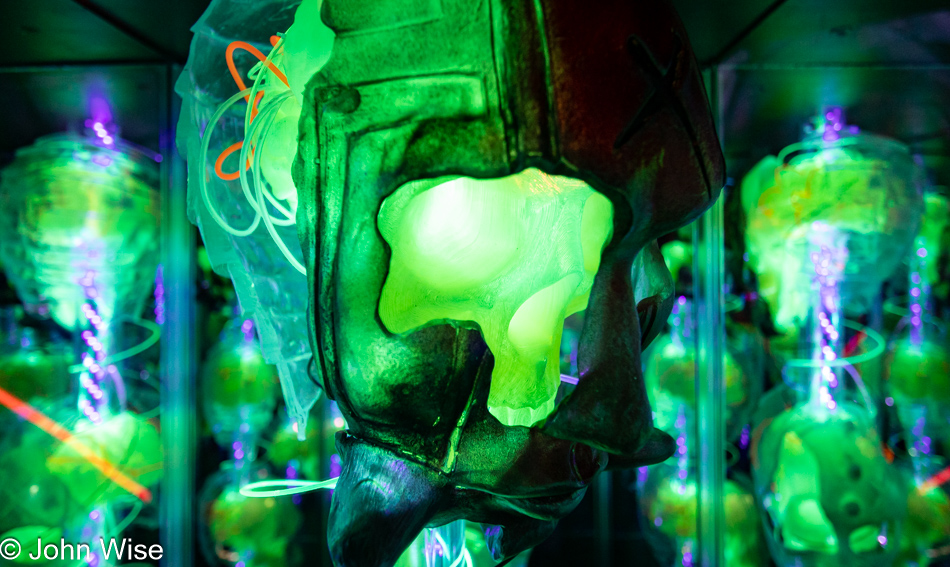
The partial mask appearing as a silhouetted face is, in actuality, a portal to another dimension through the interior of the fluorescent green half-human/half-alien skull. This secret artifact that was loaned to the creators of Meow Wolf is the reason the old bowling alley is called House of Eternal Return. When one travels into the light, time will cease being linear as you spread out in all directions, connecting with the quantum everywhereness of being. Be careful, though: should you crawl through this membrane intellectually unprepared, you will be simultaneously booted right back, unaware that you’d gone anywhere. The prepared mind is a tricky thing to cultivate; it requires a discipline the universe favors. Most are doomed to look upon all they consider to be reality and never once understand that their myopia is like kryptonite to awareness. Should you find passage into this kind of tractor beam of potential enlightenment, though, you will be slung into contact with the great intelligence before returning to this house, where you may always return to find the unknown.

These are just pretty pulsing lights with a bunch of knitted stuff trying to trick people into thinking this is the secret portal to other dimensions.
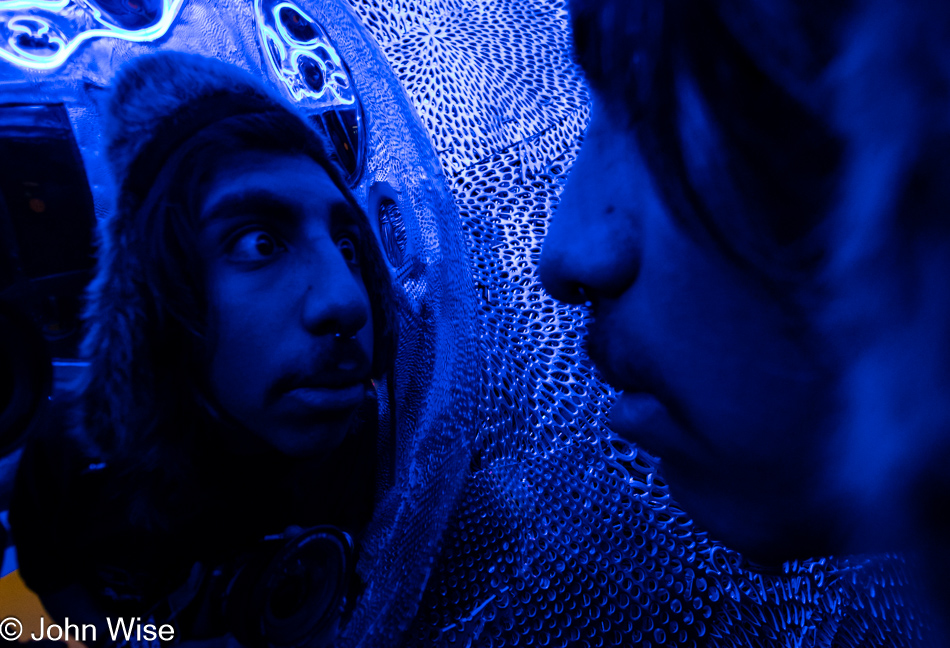
It was at this moment that Carlos realized that the version of himself looking back at himself was in fact, having an expression on his face that was not the expression Carlos was currently making. Quantum-Carlos was signaling earthbound-Carlos to wake up, find the intentionality he knows he’s only now starting to harness, and get busy knowing himself.
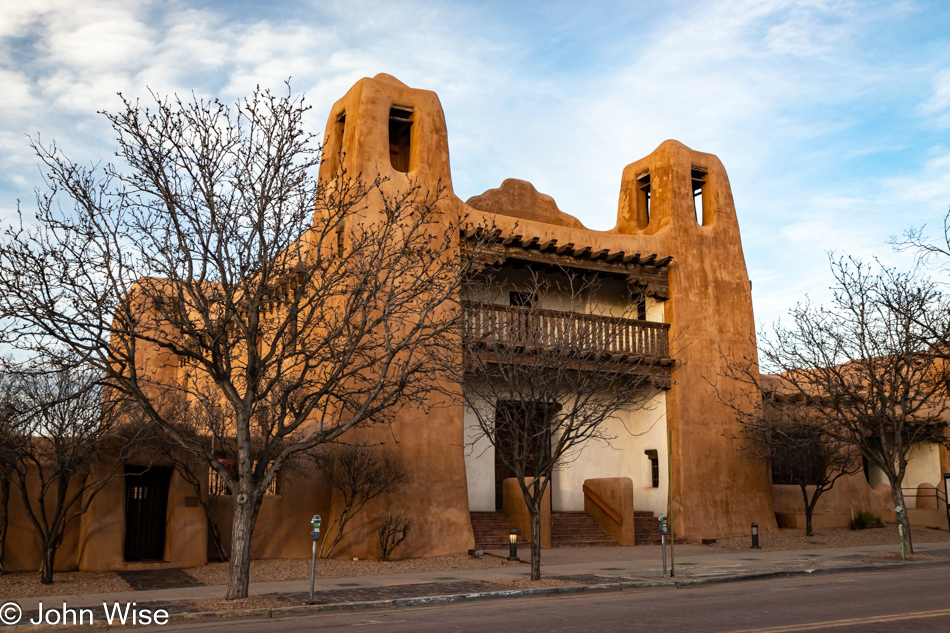
And then we headed into old town Santa Fe, where Carlos picked up a few books, took some photos, and we walked across town to get dinner because that was all that was left to do with this day. Well that and go to sleep.
